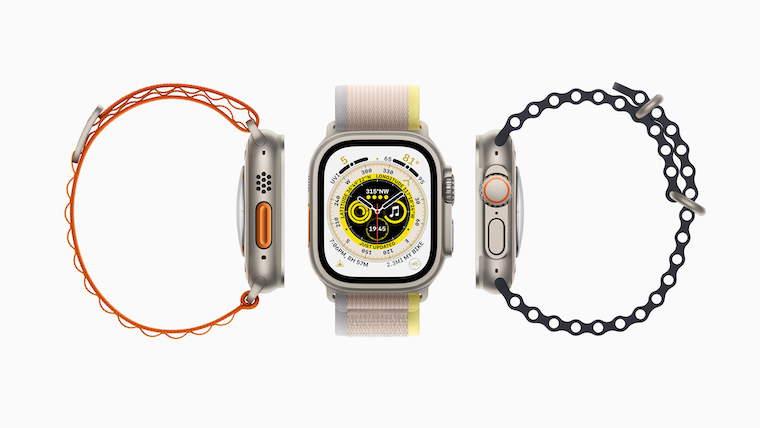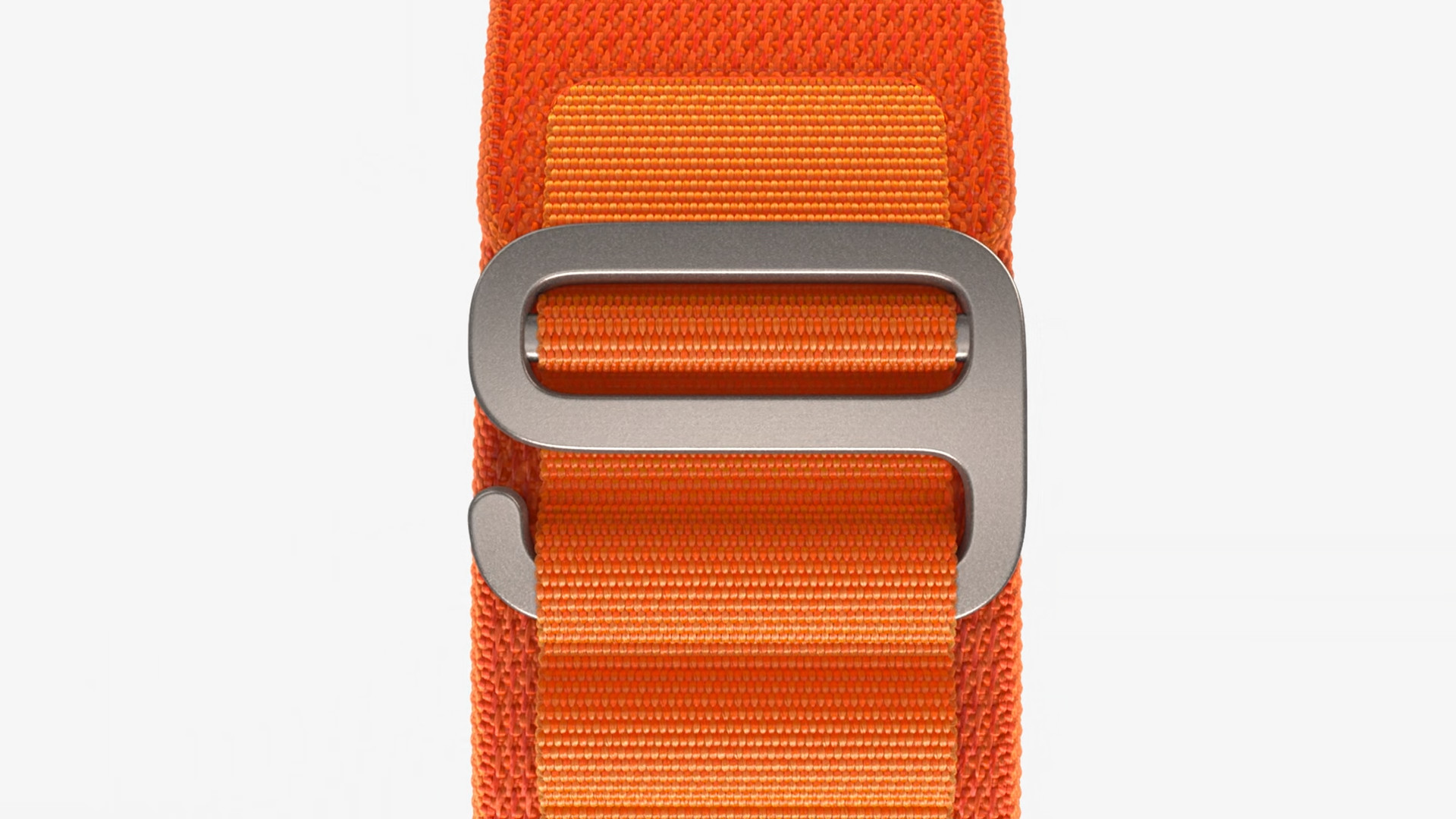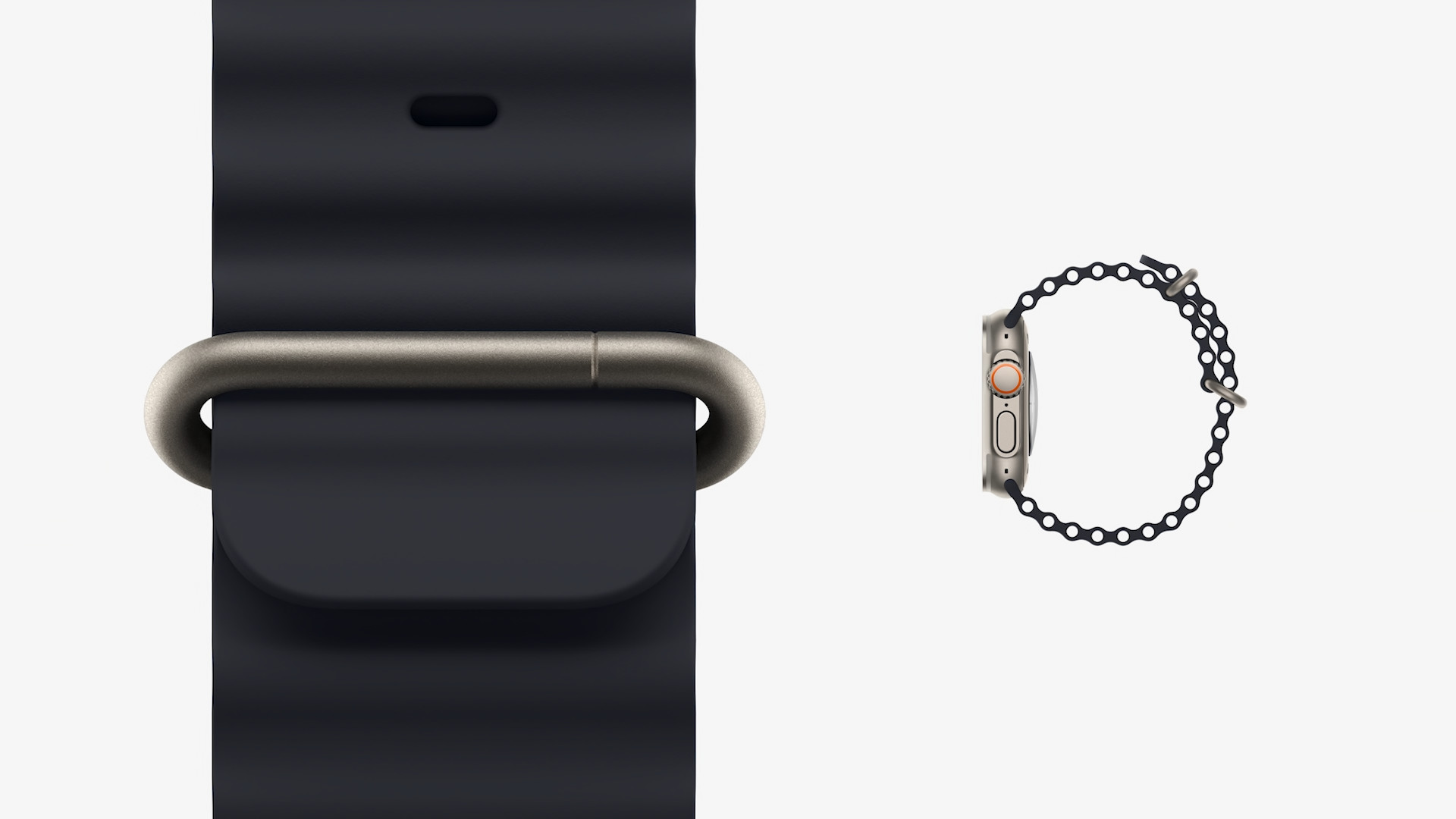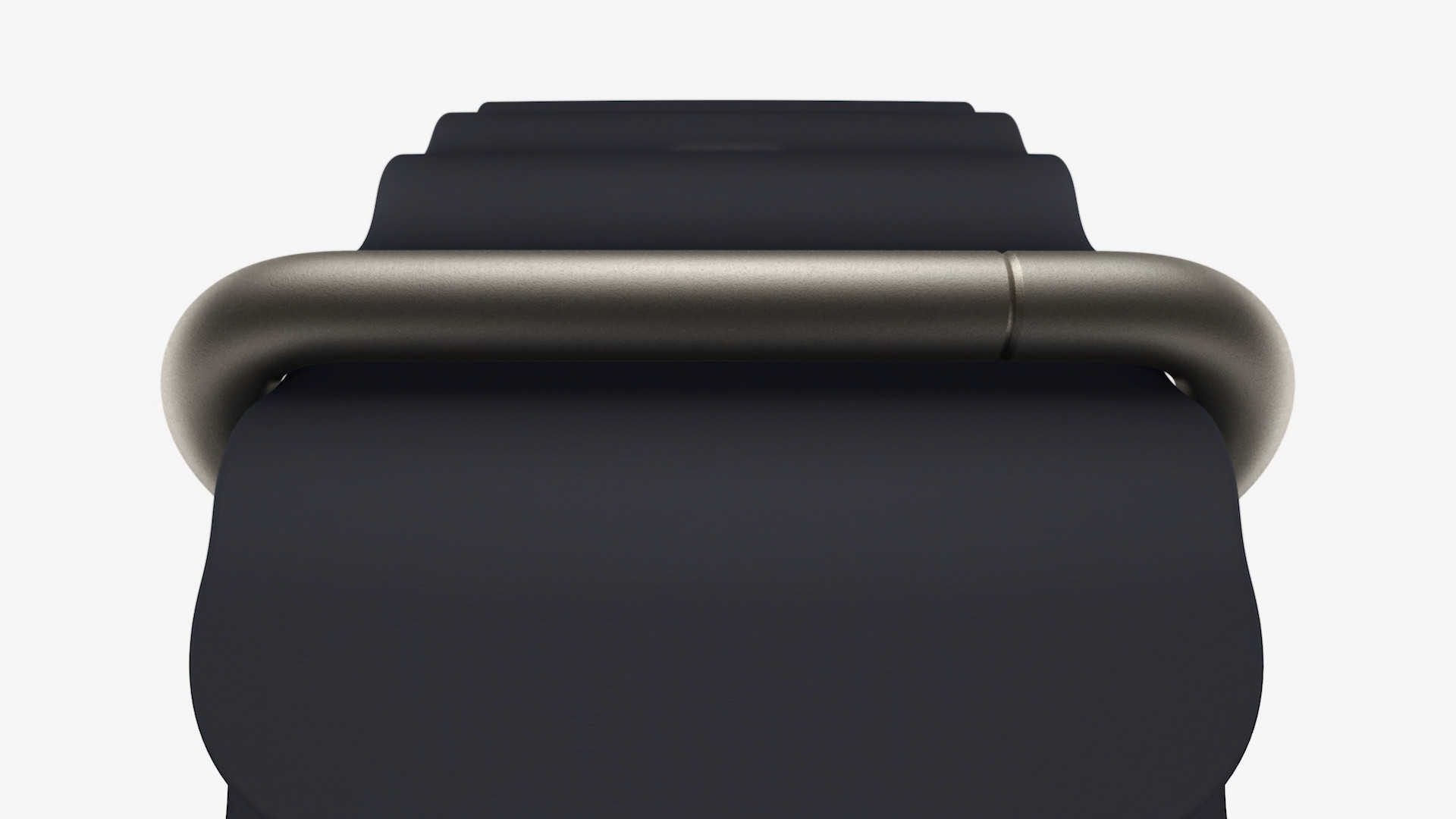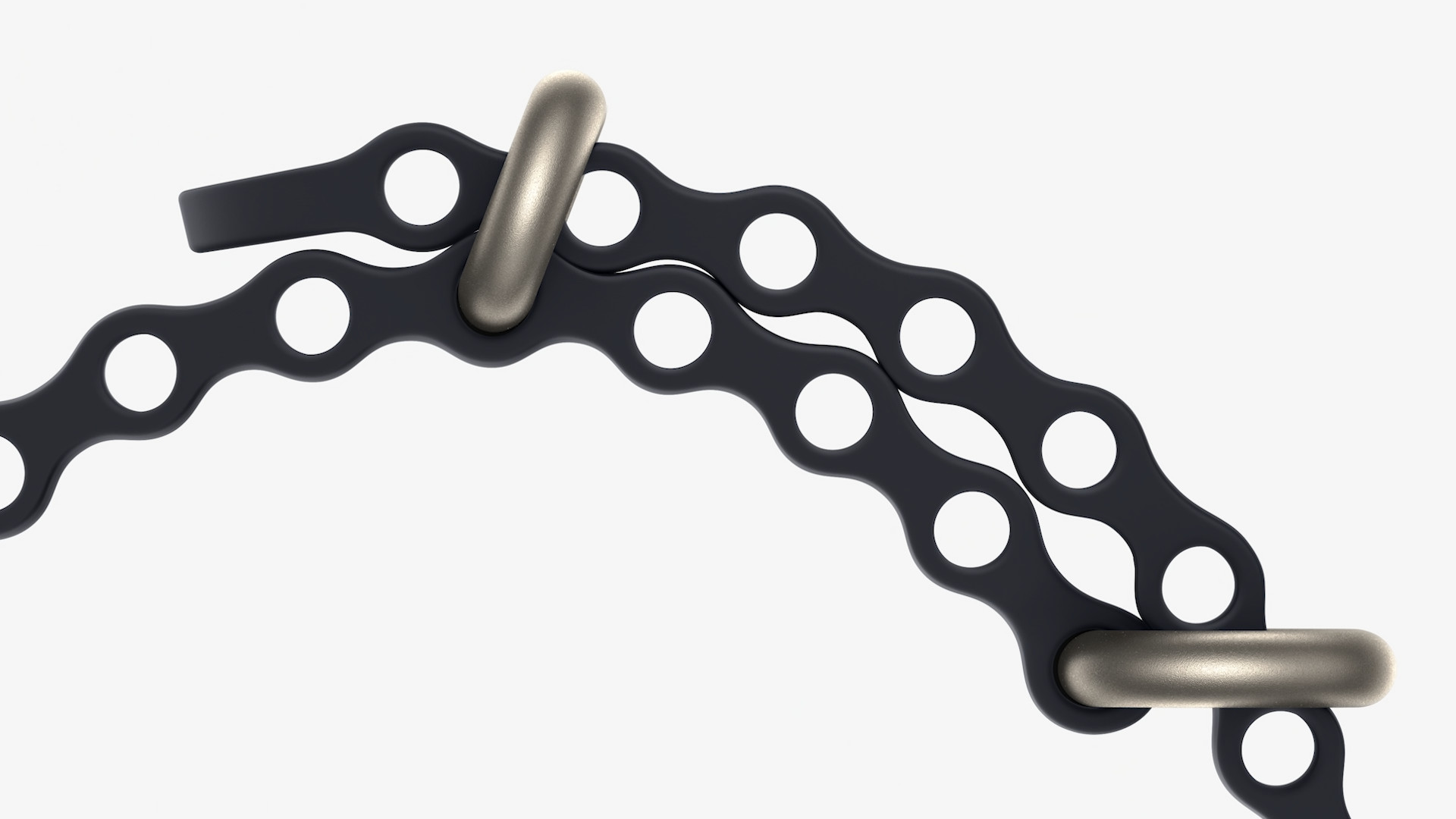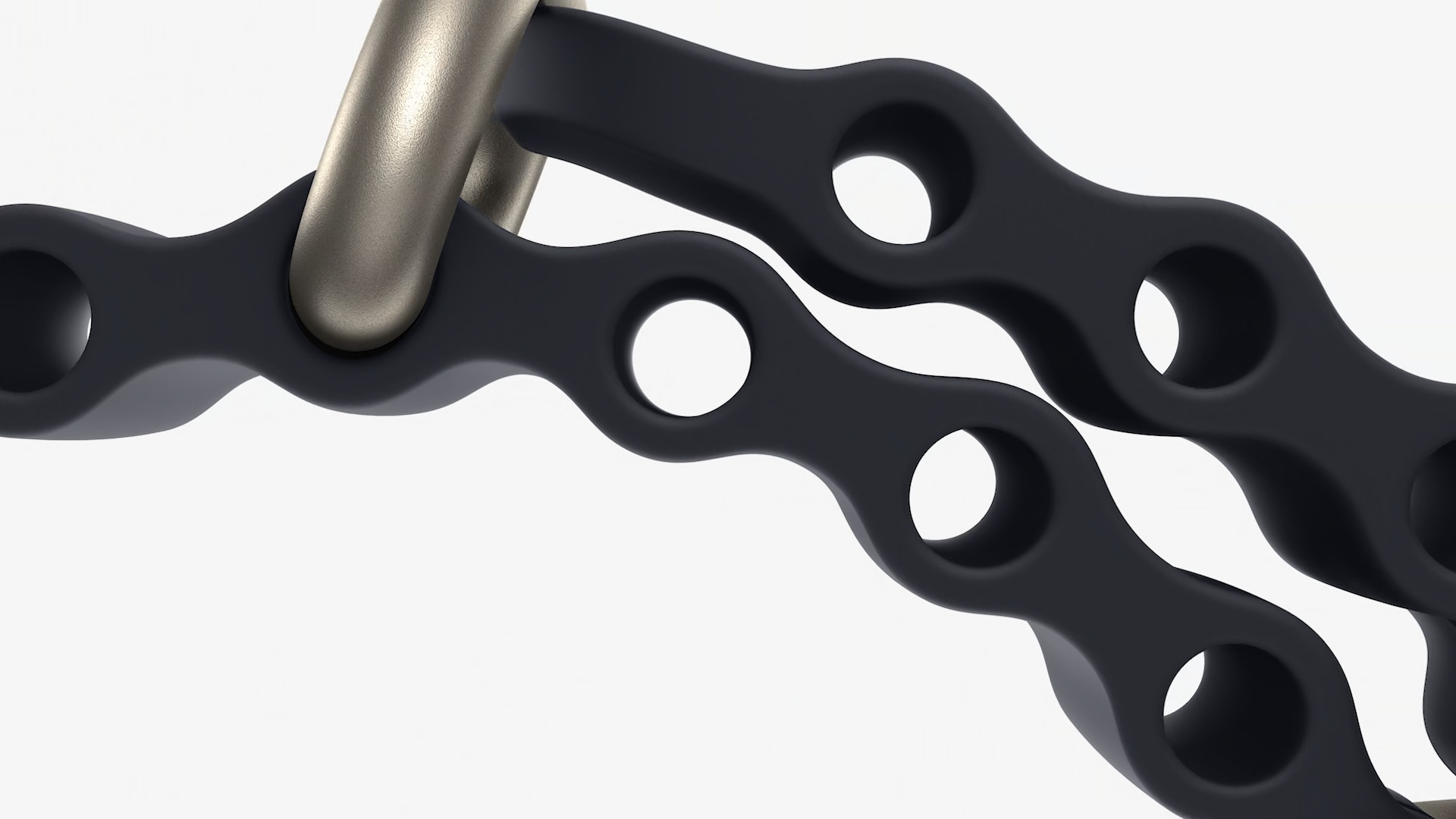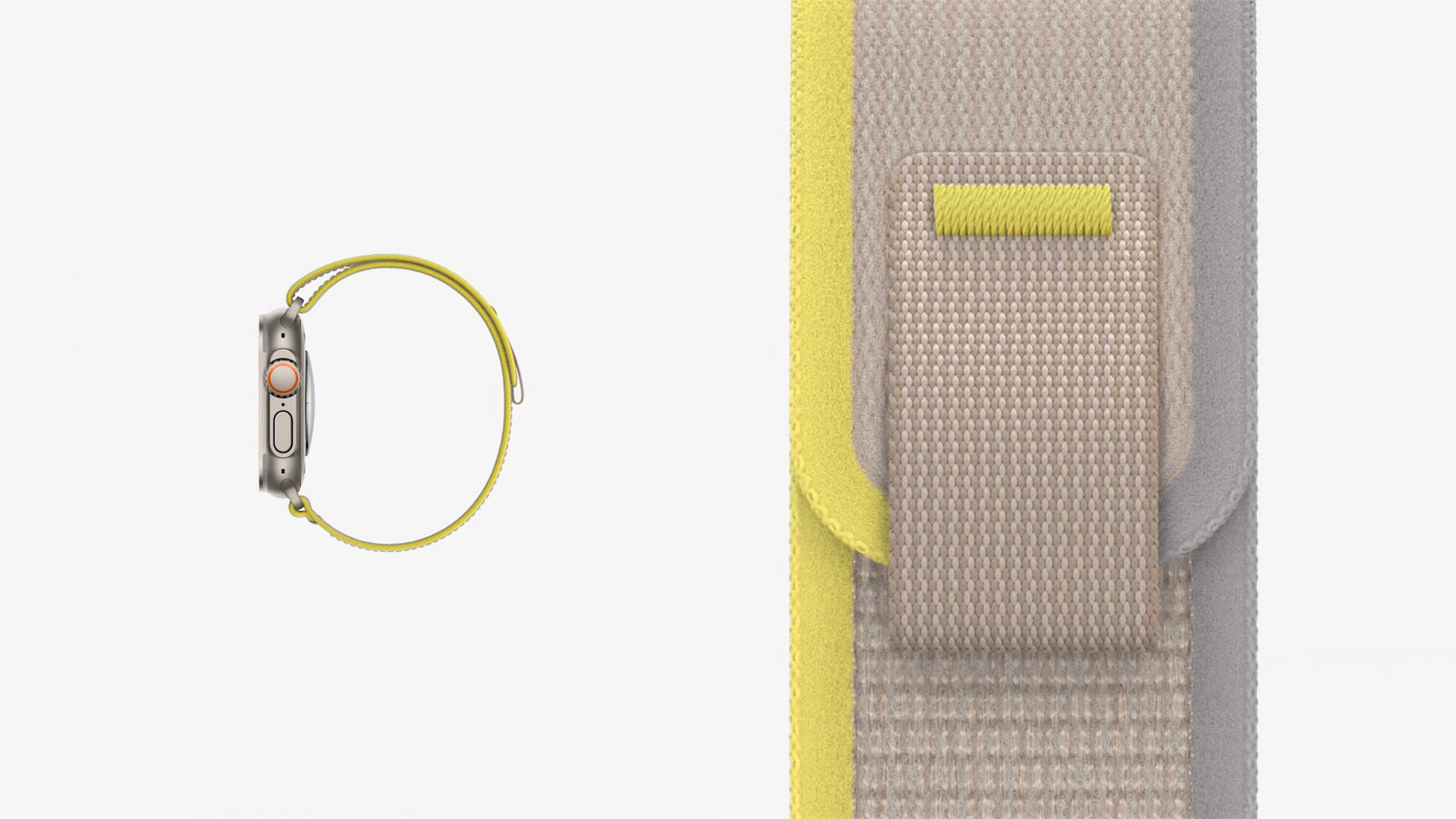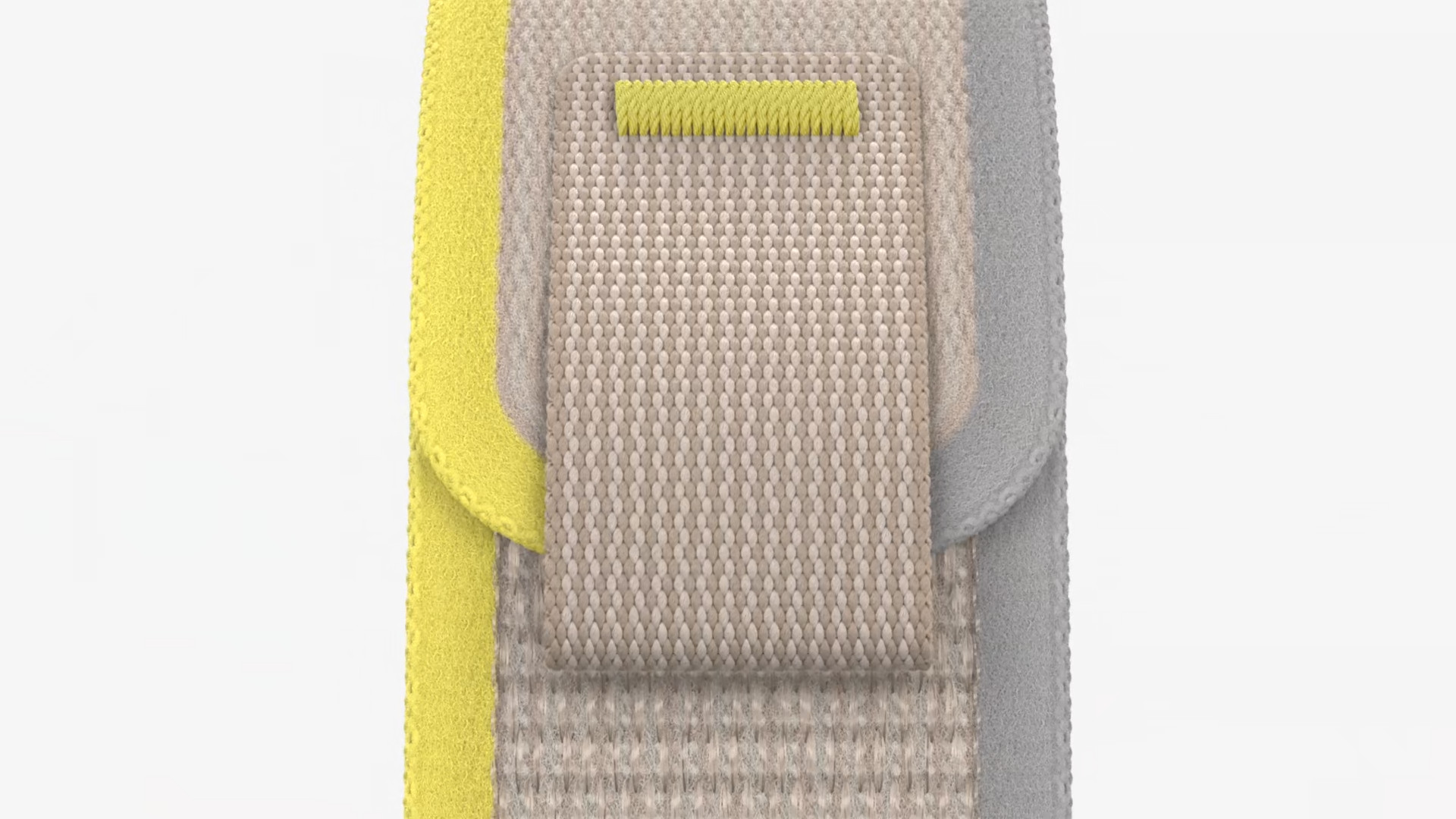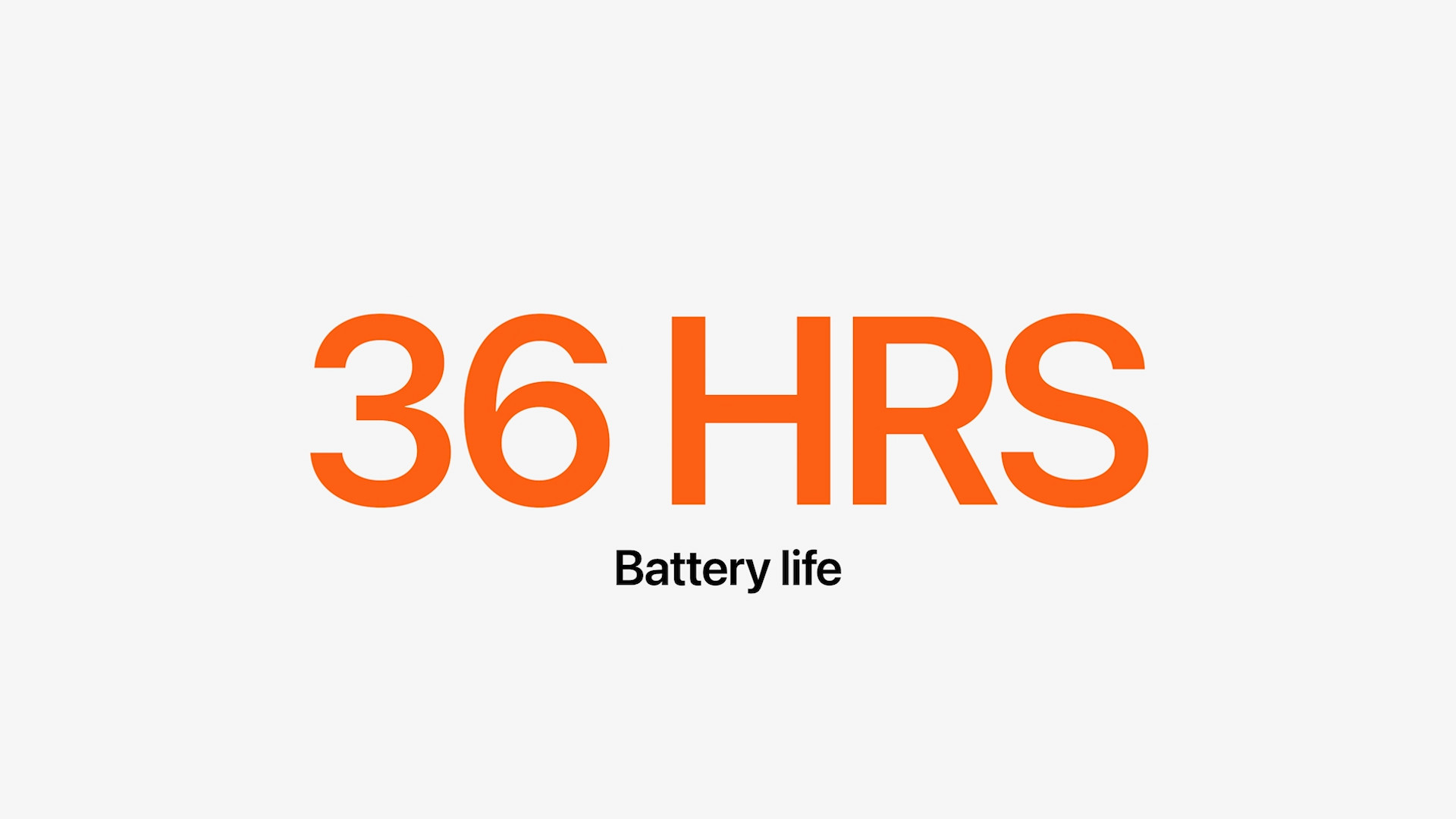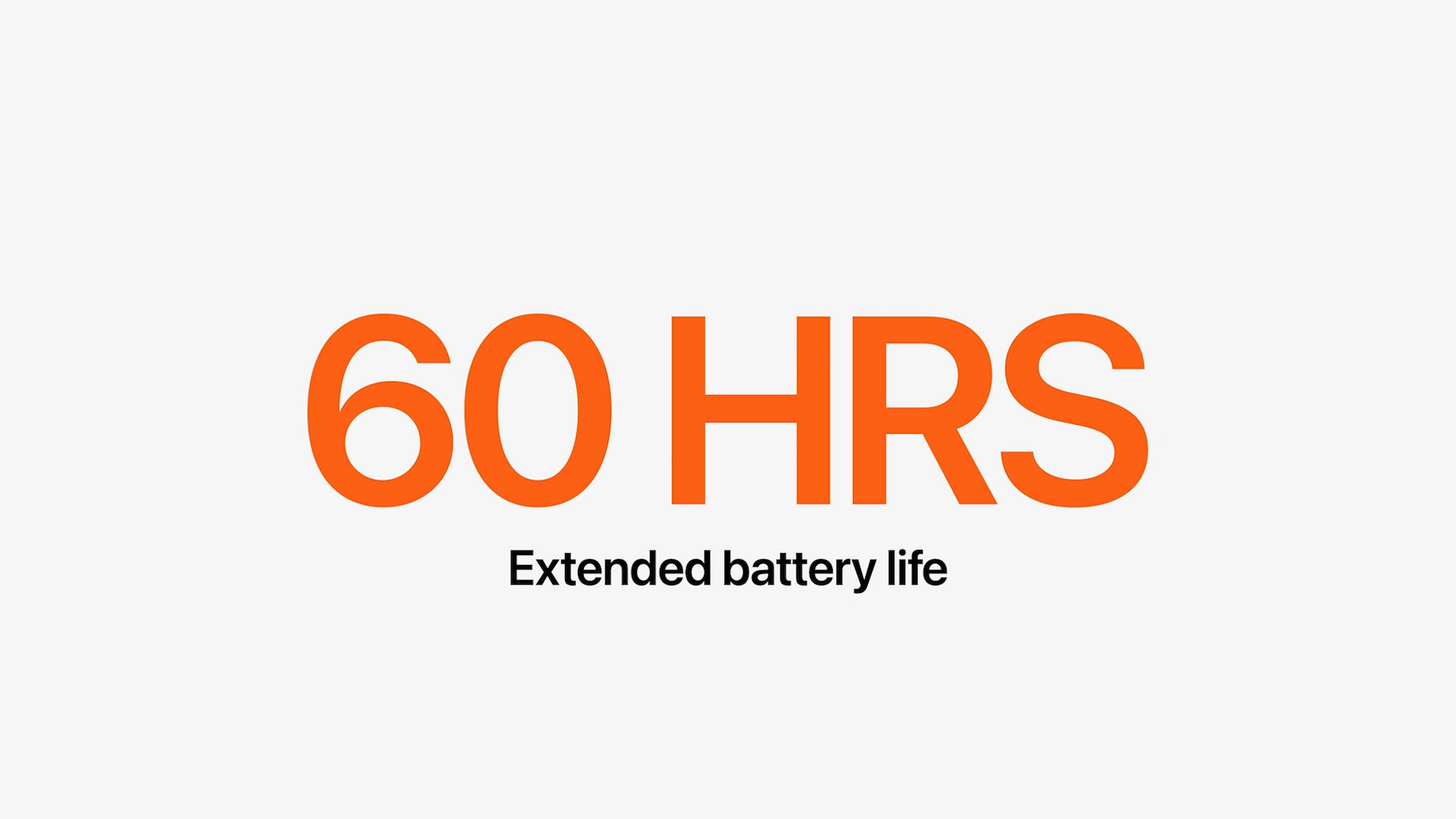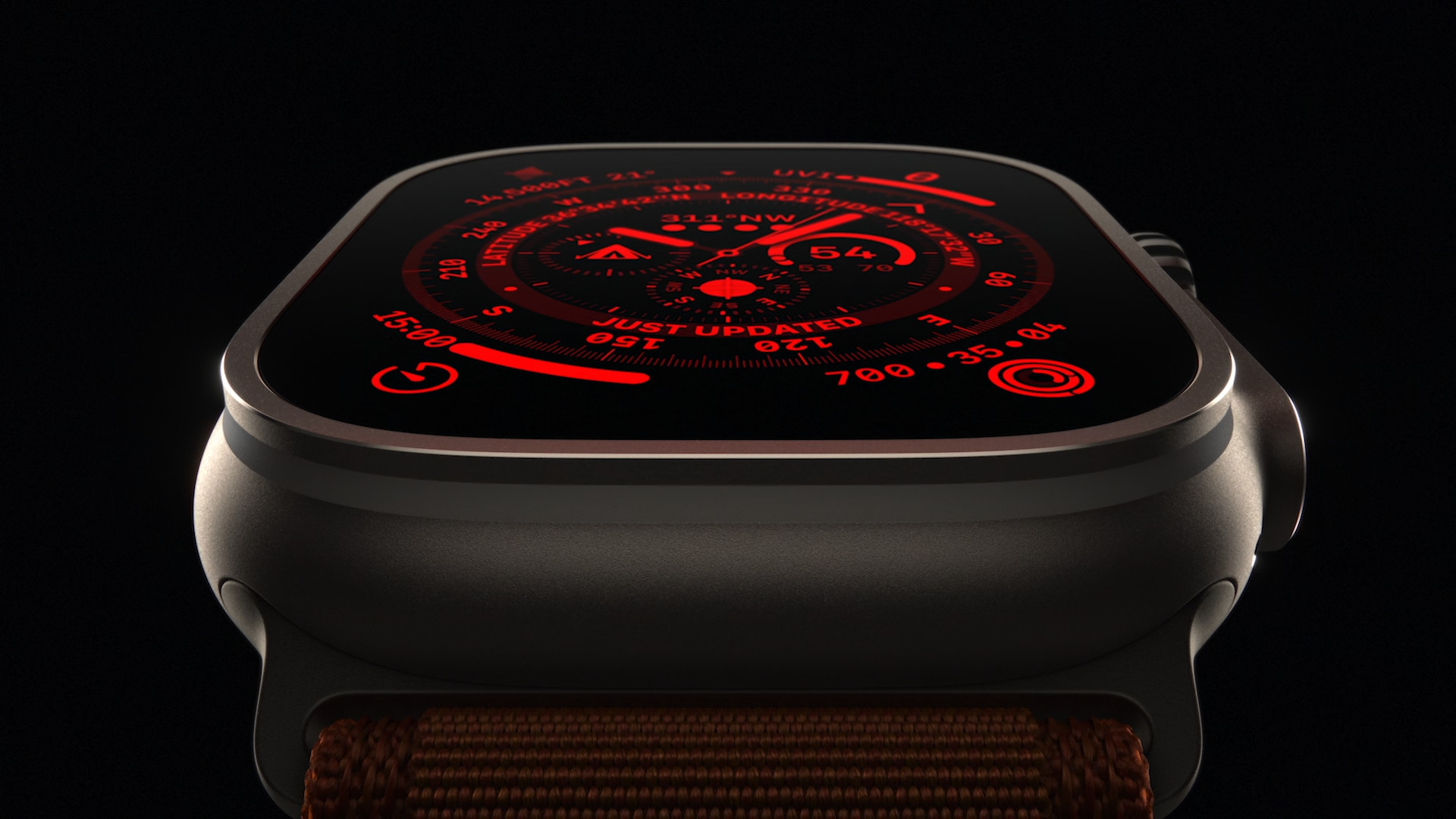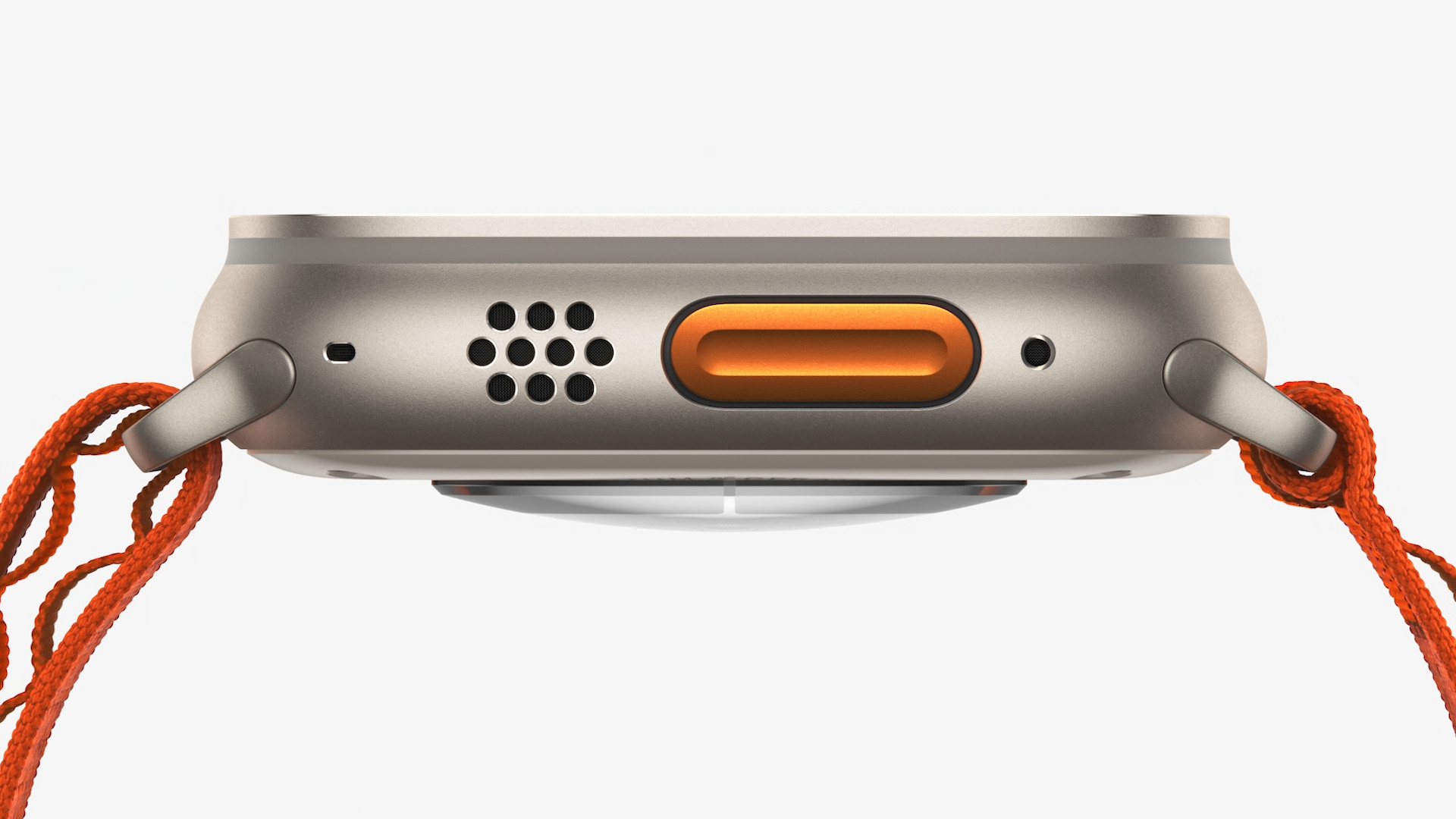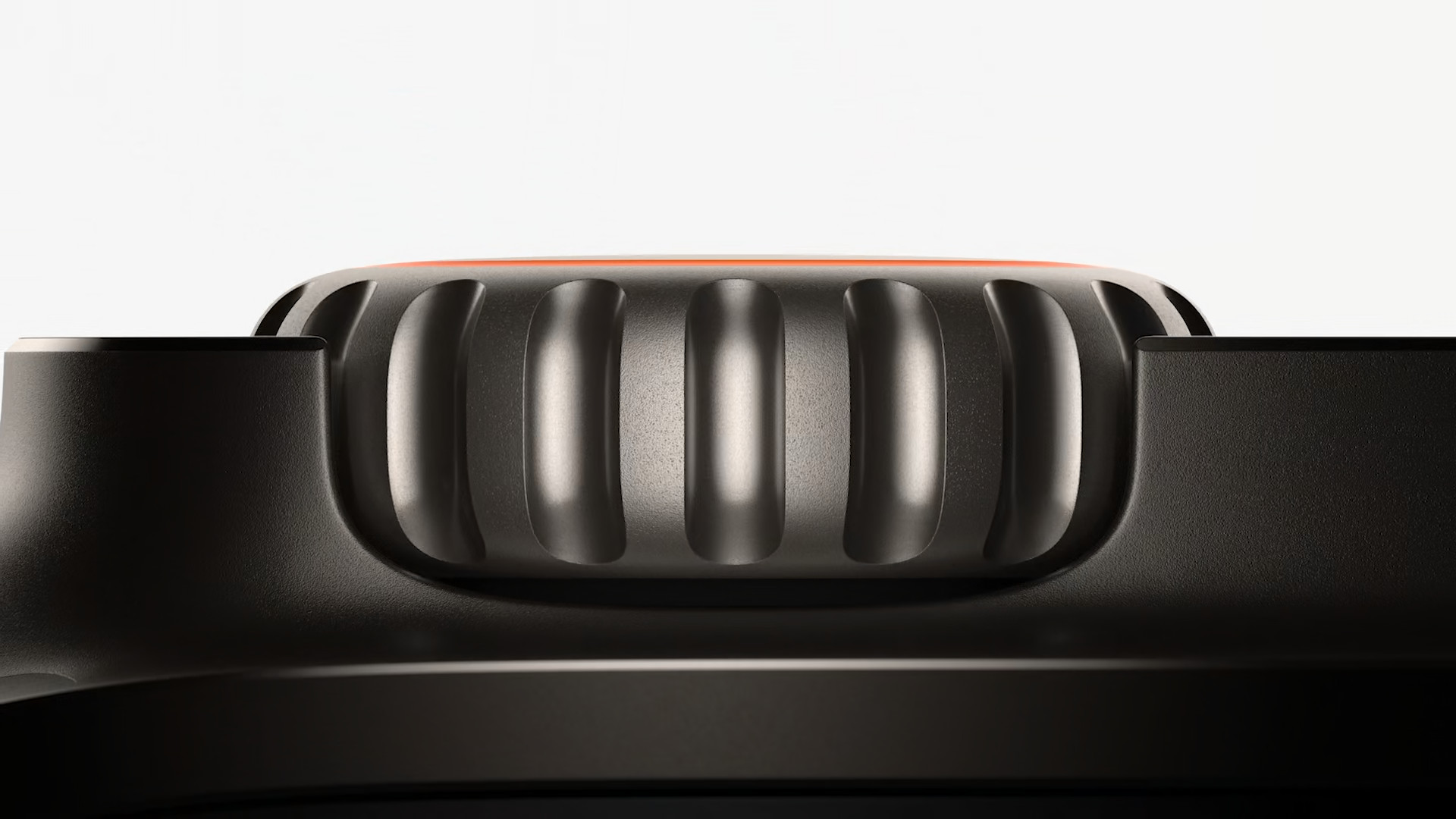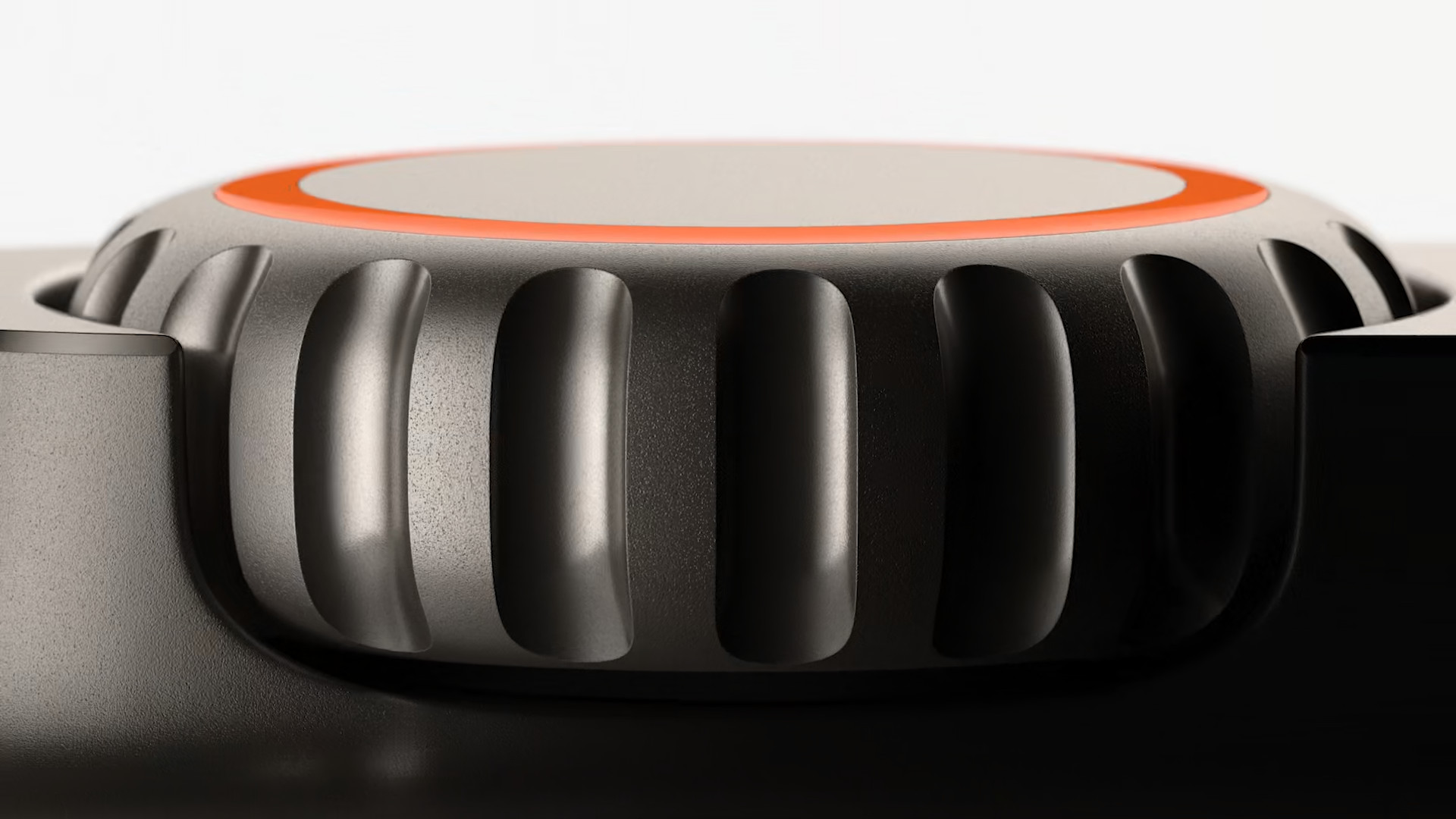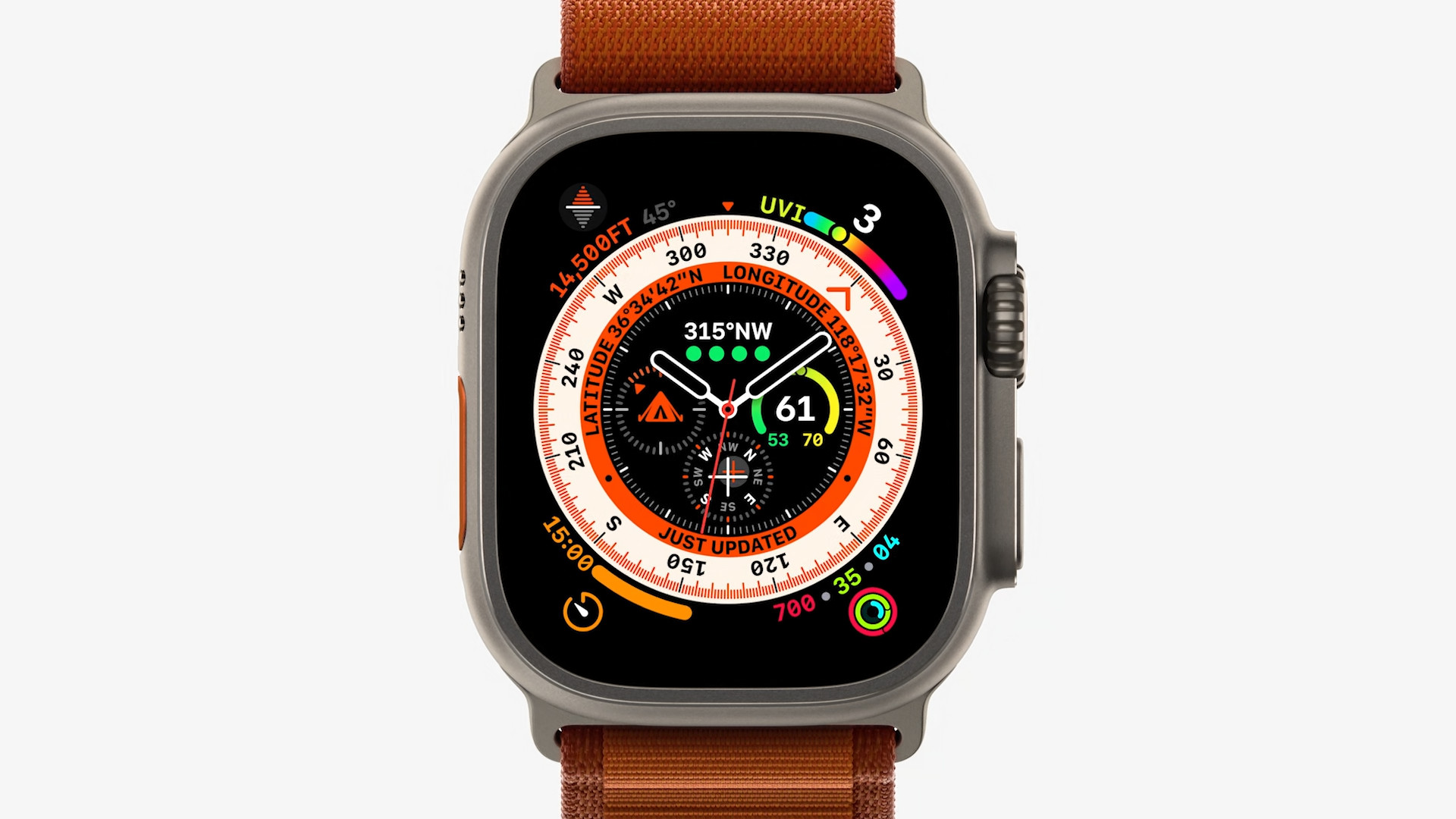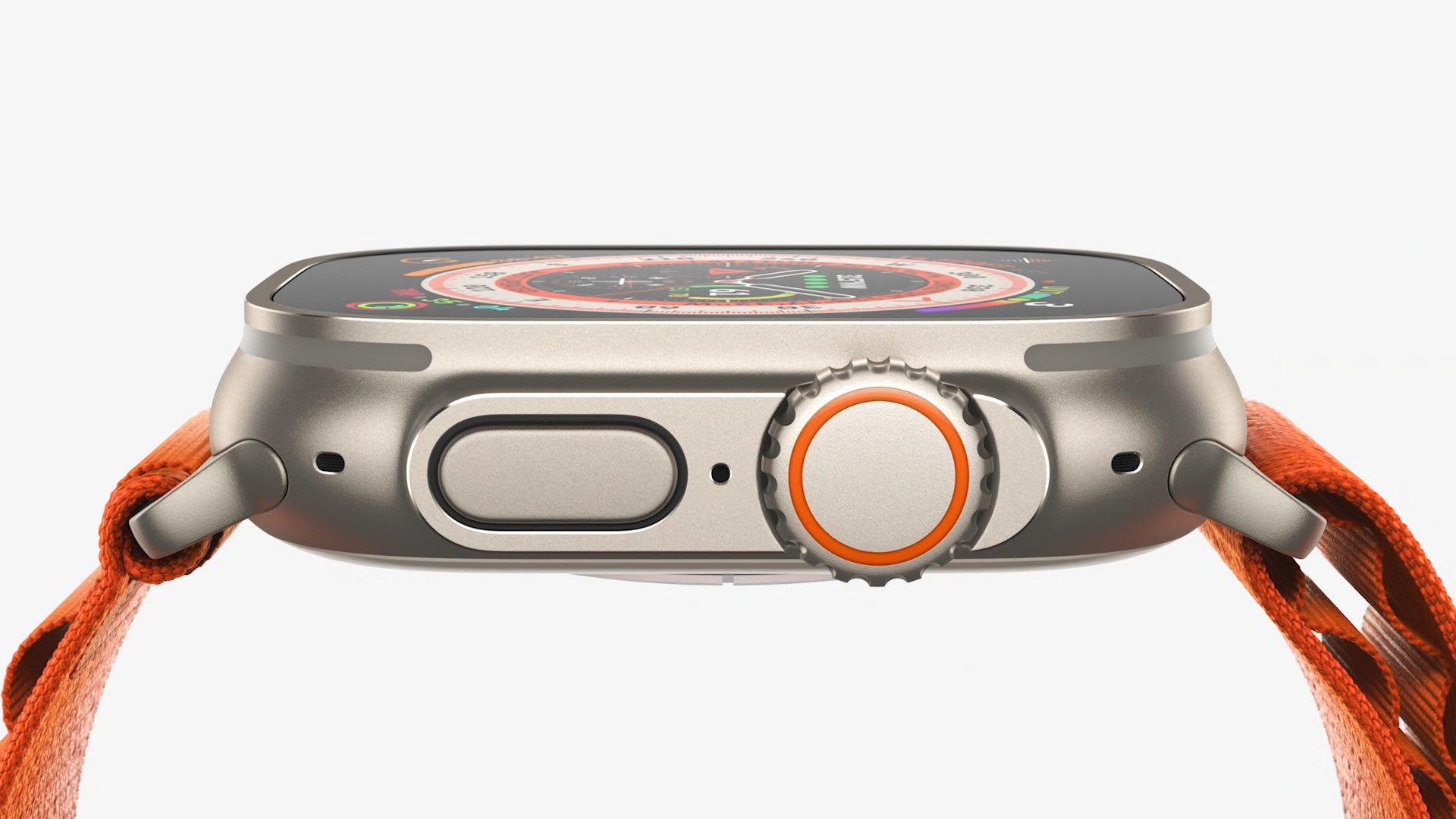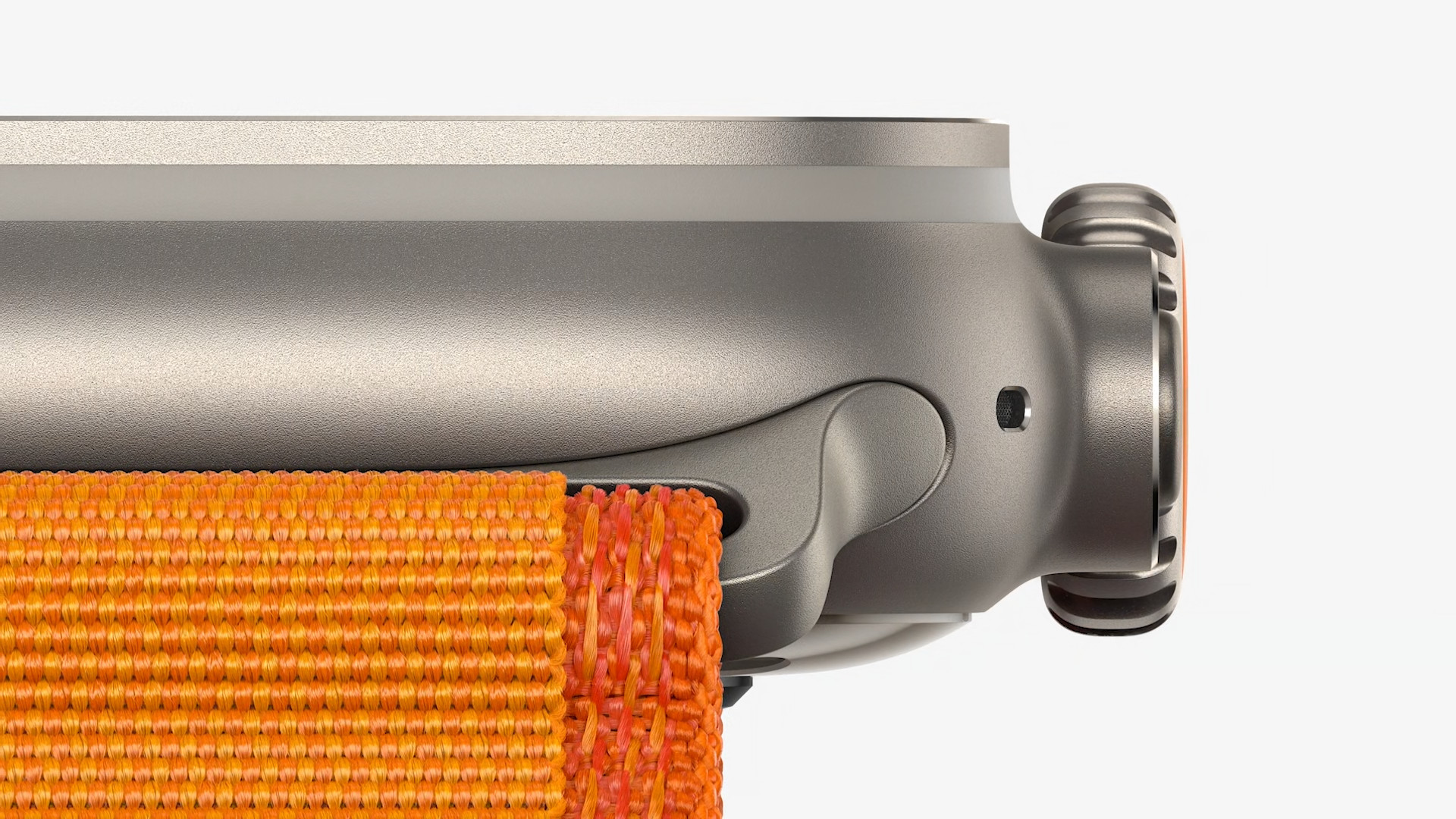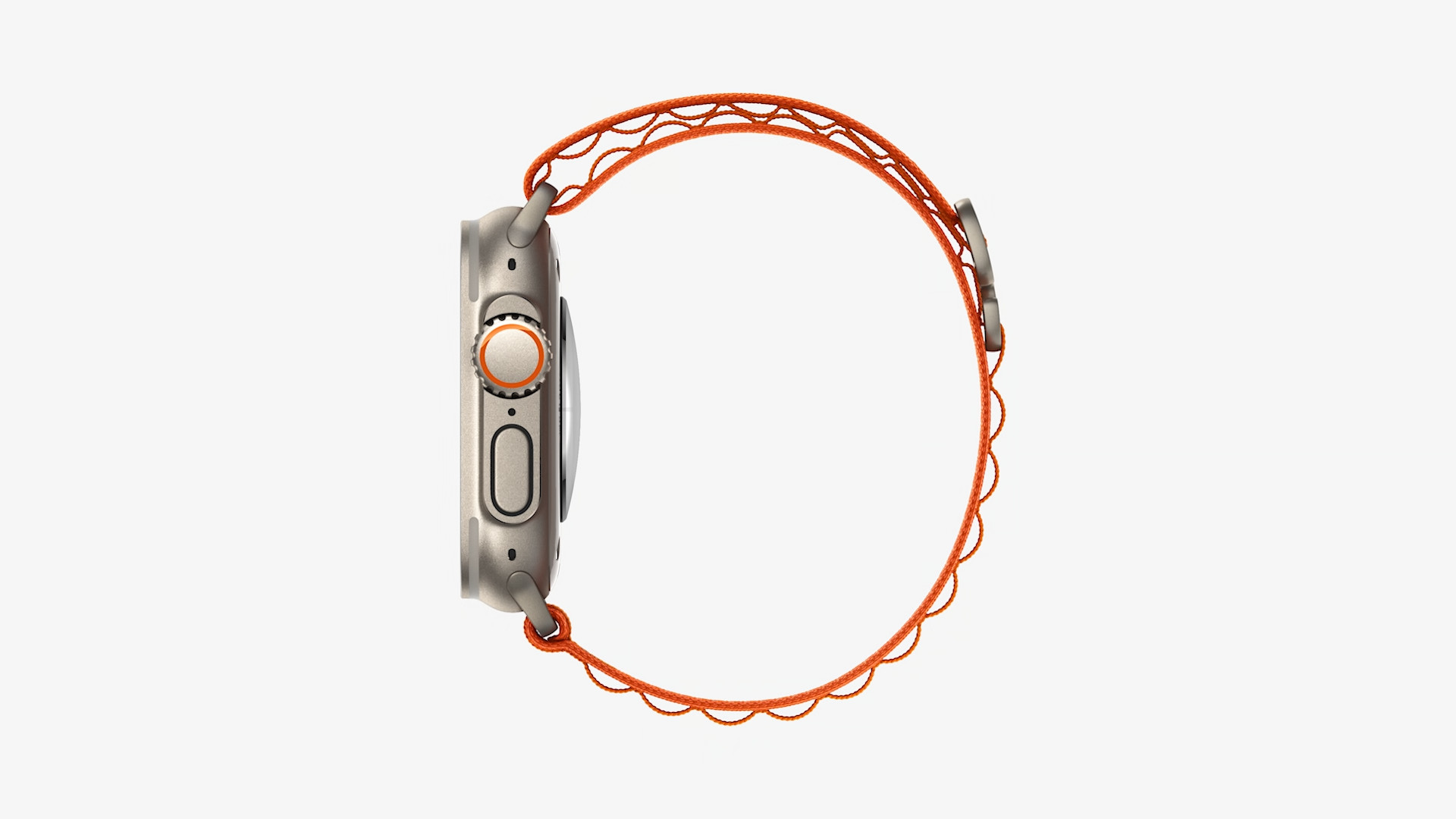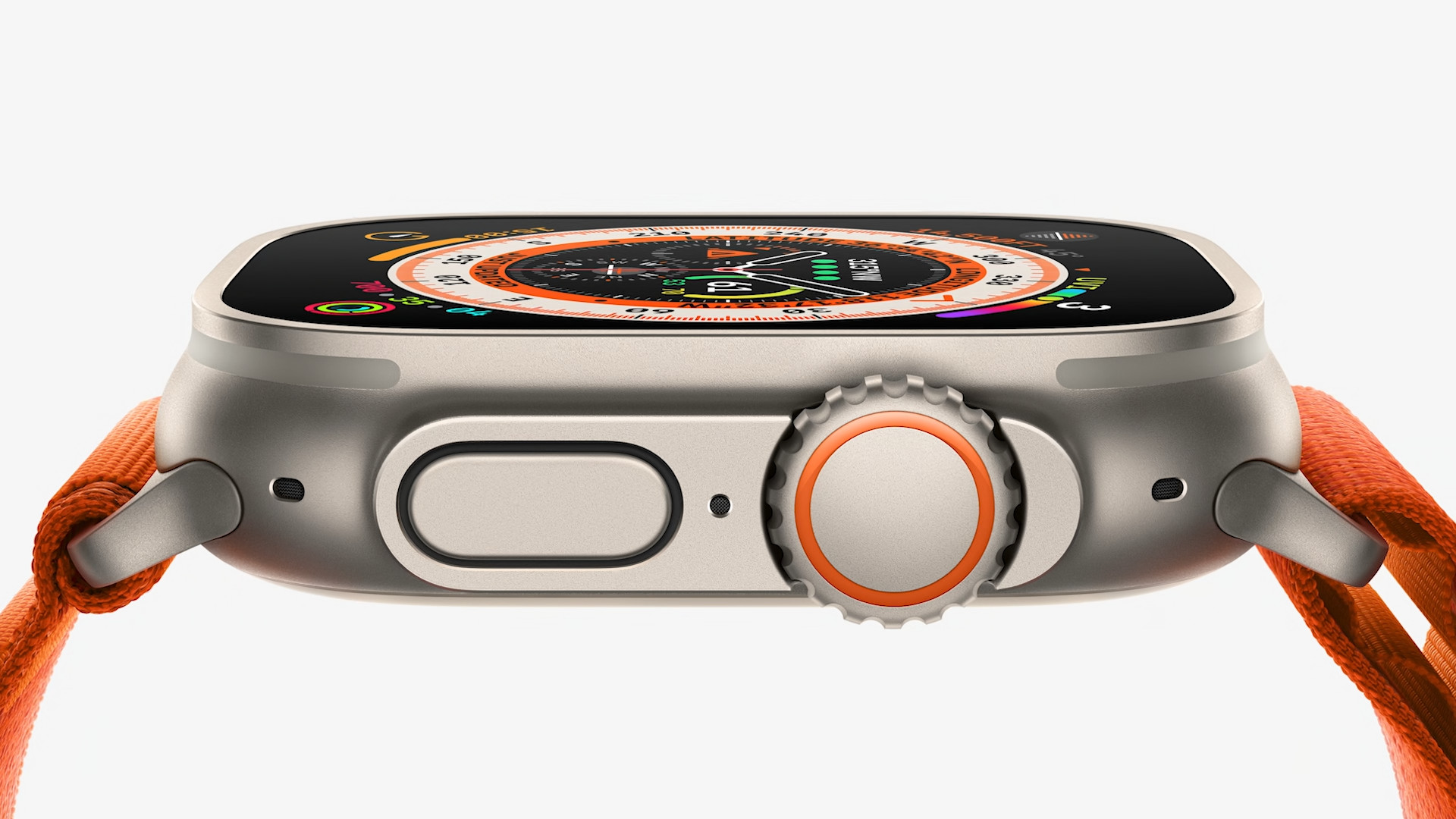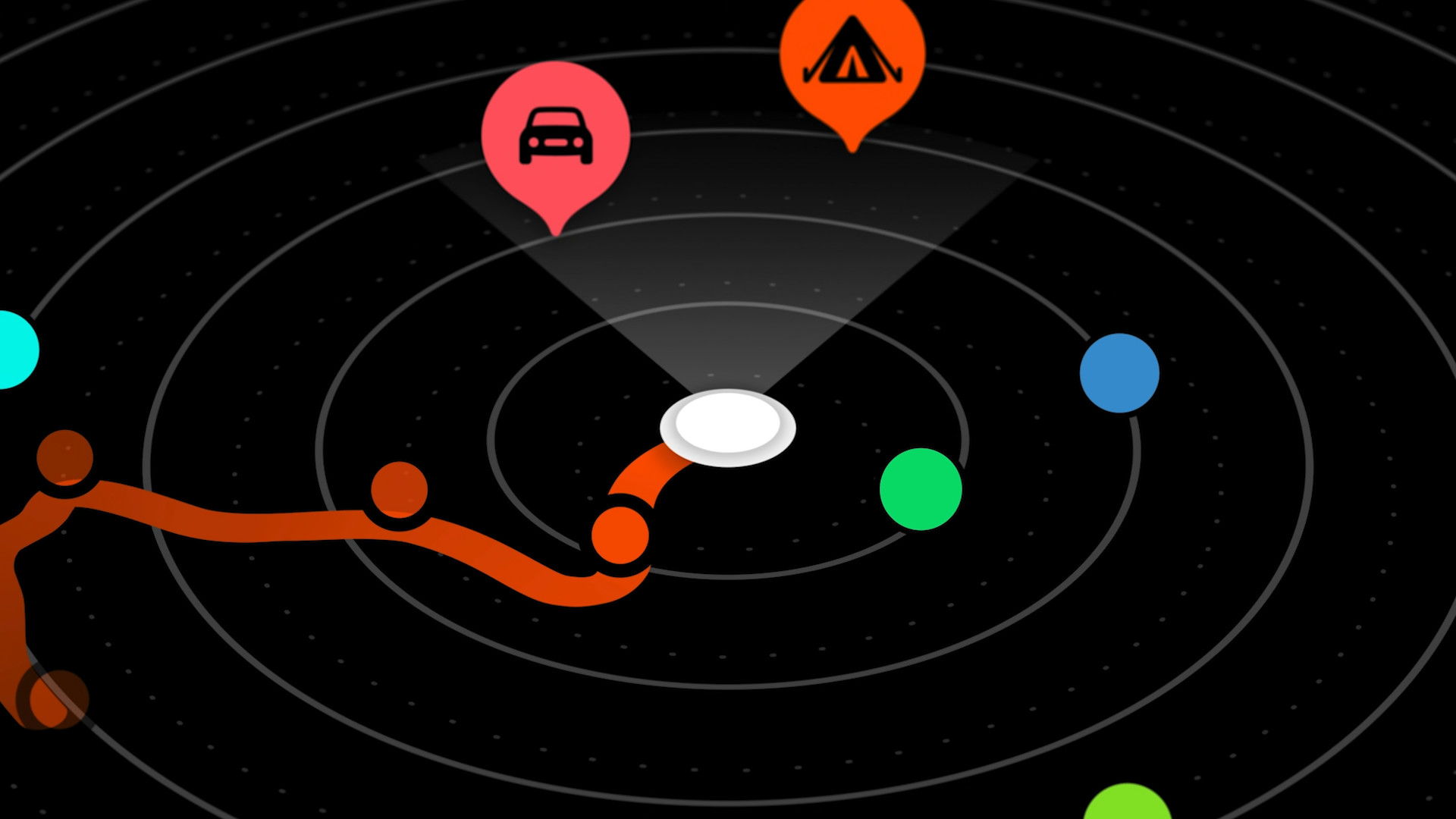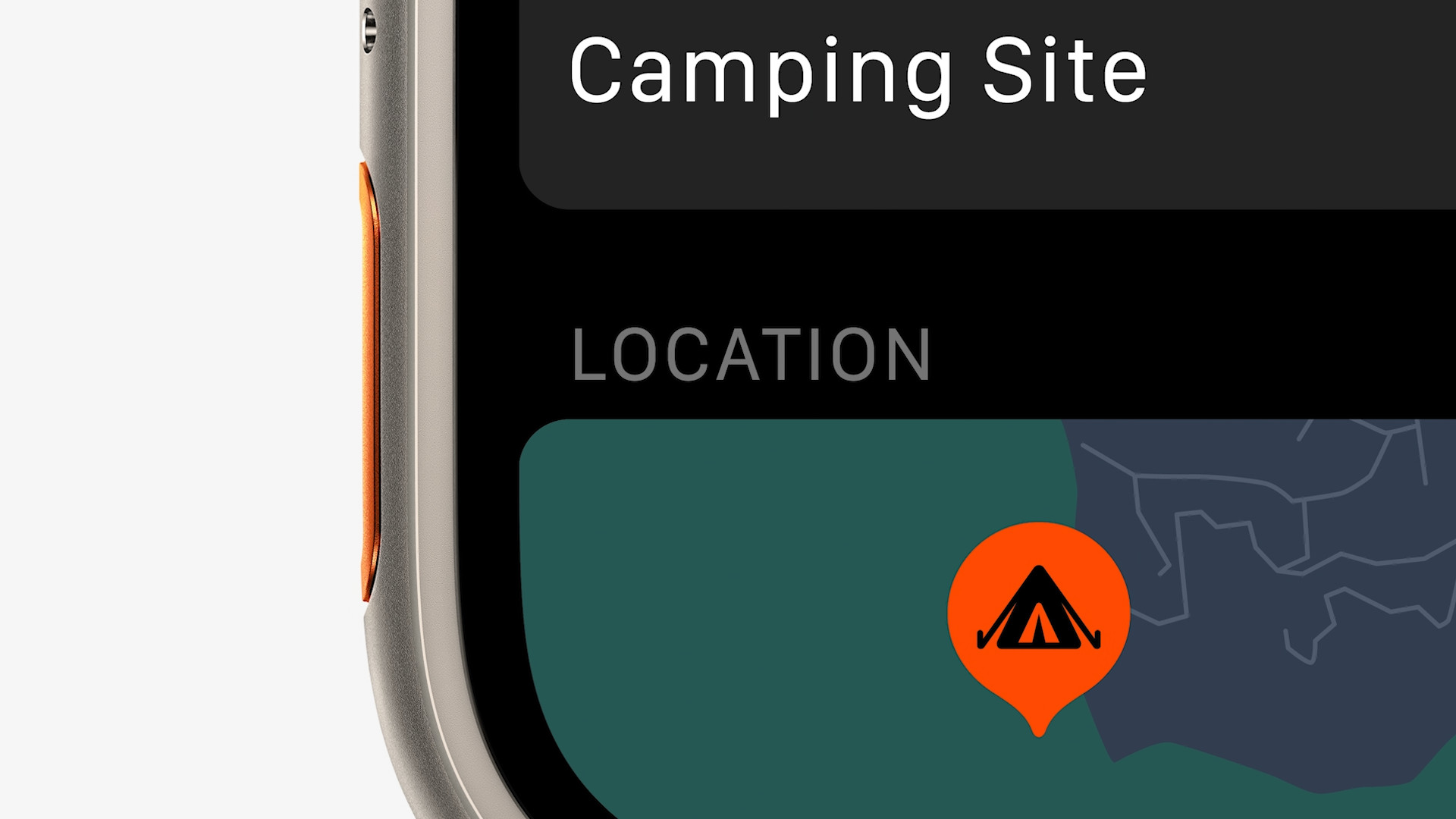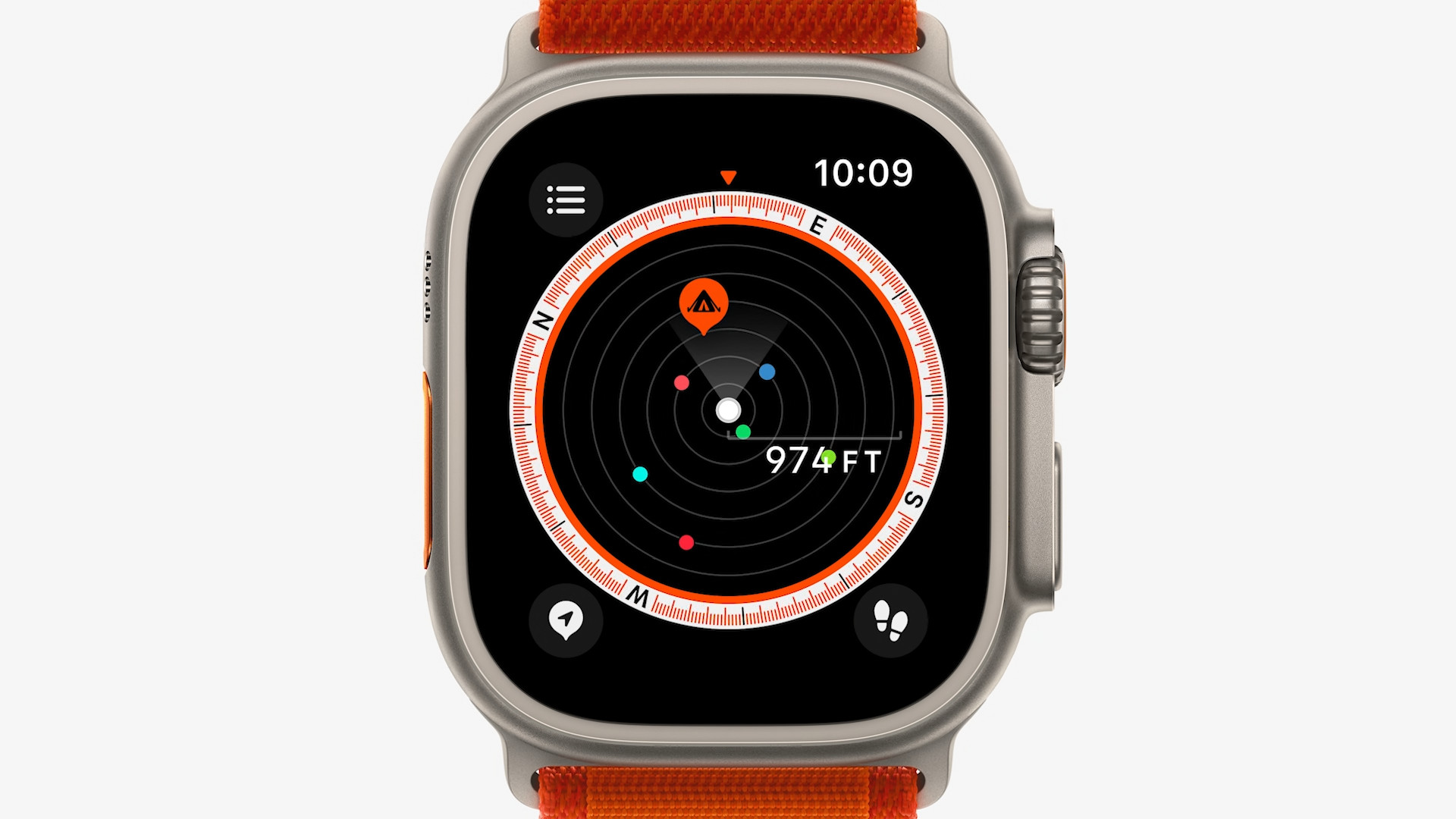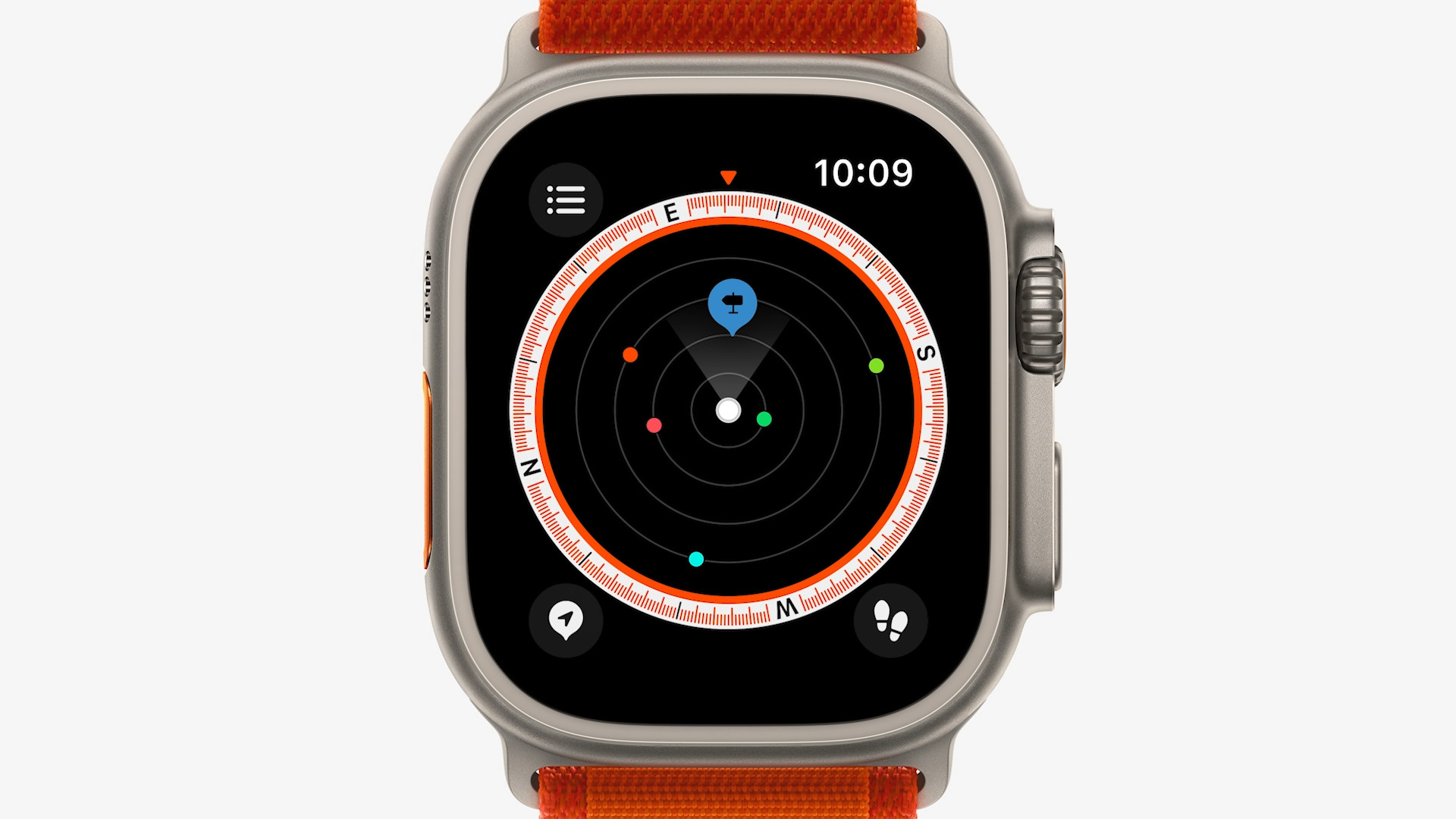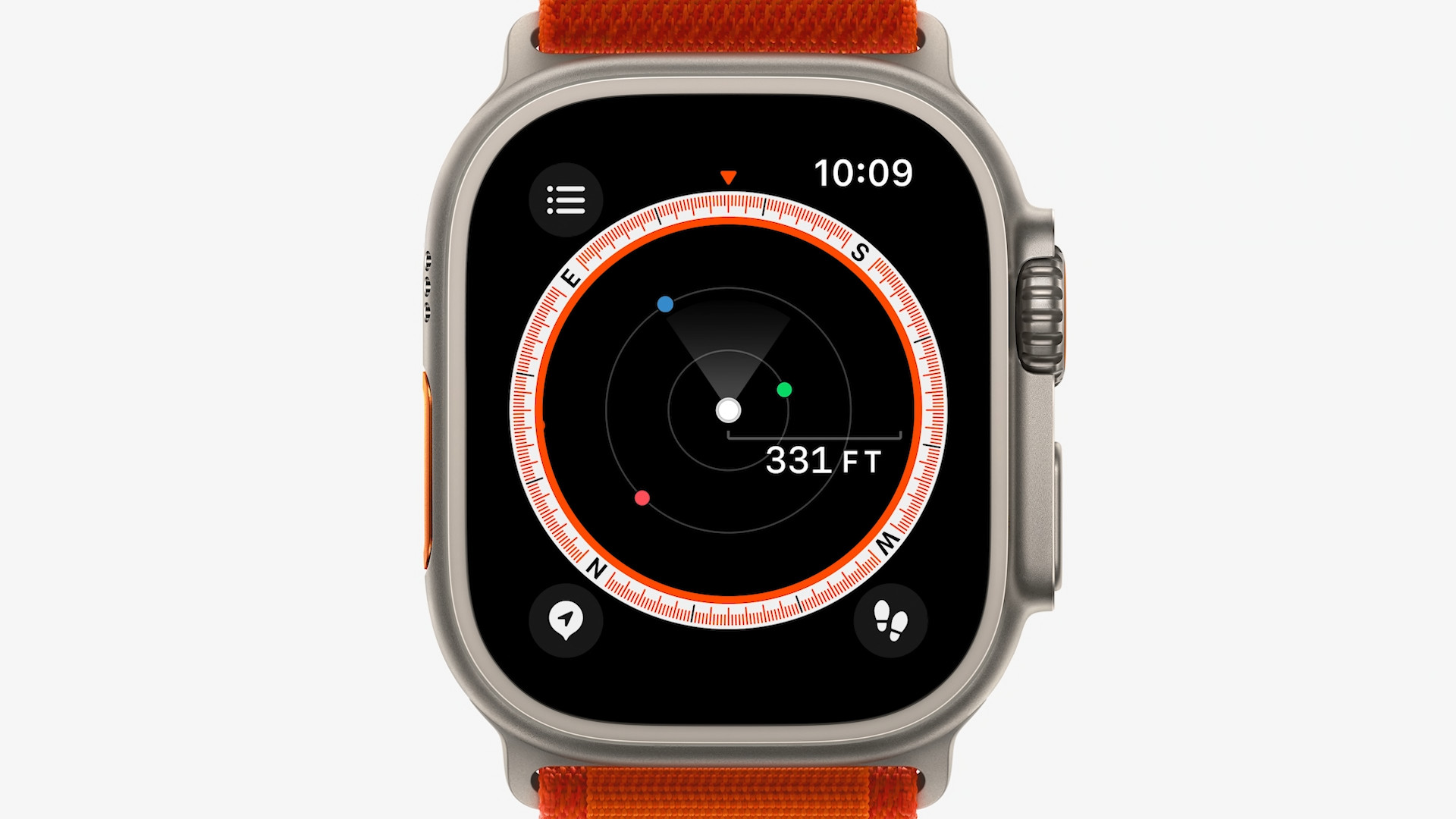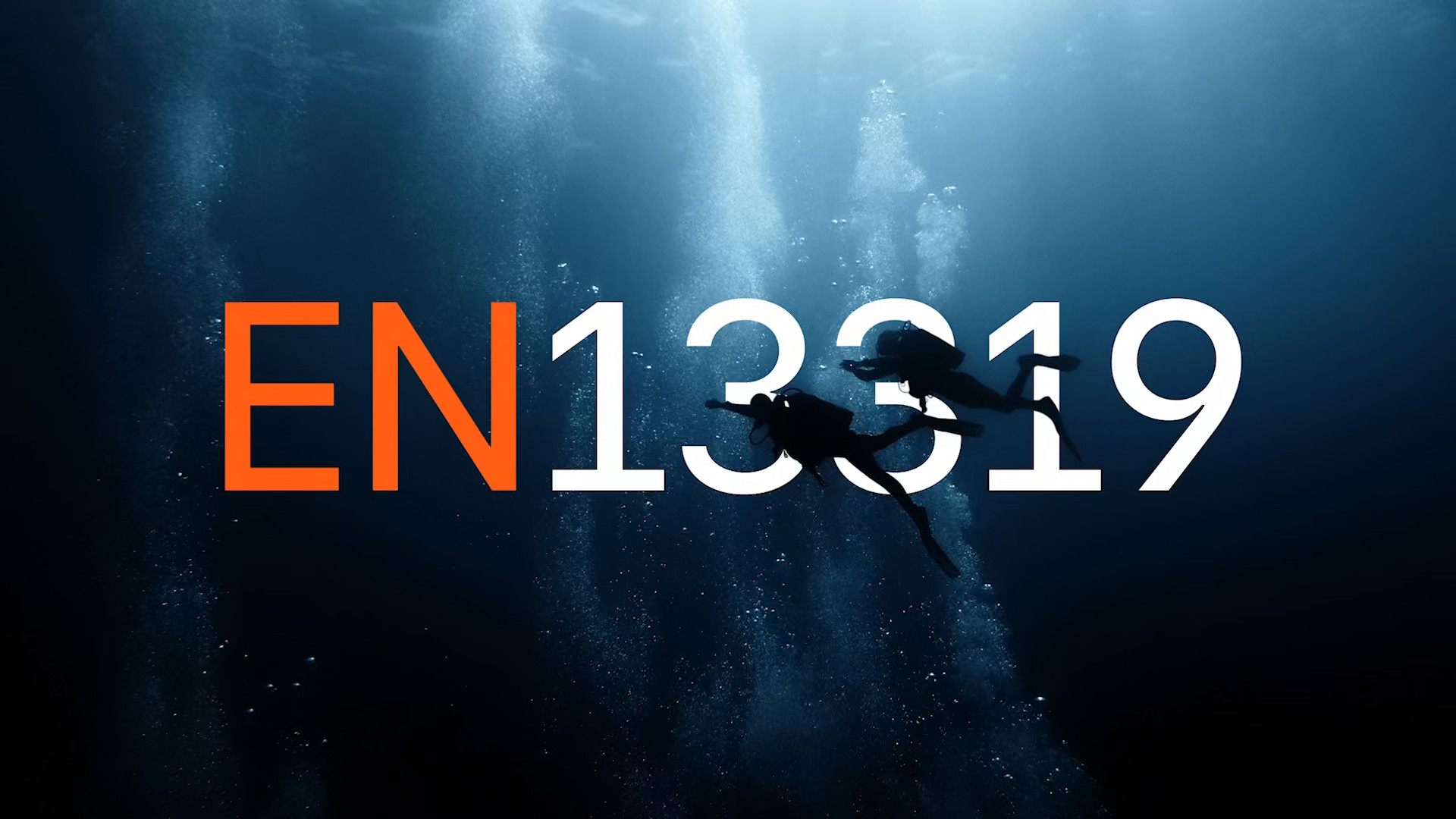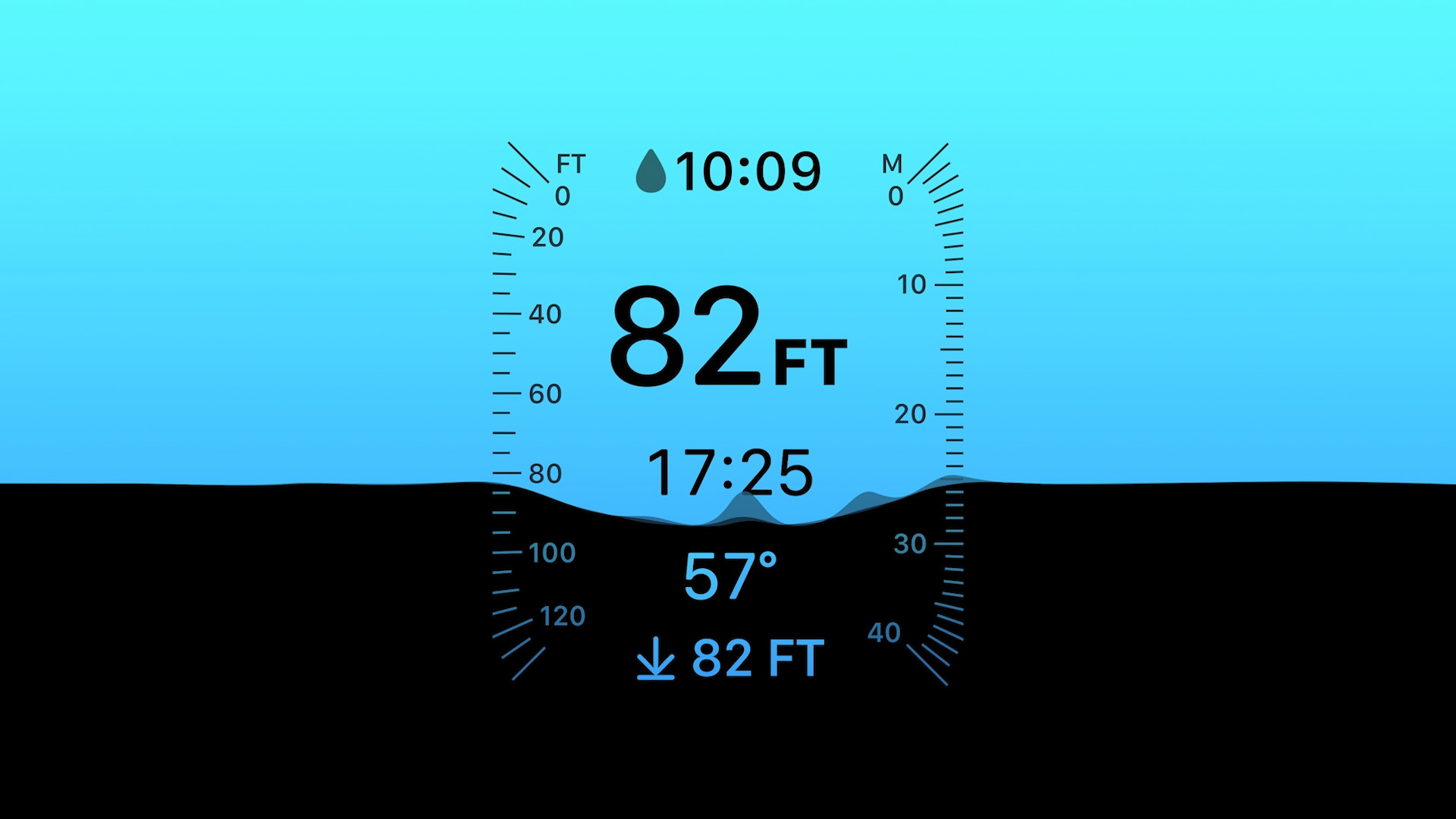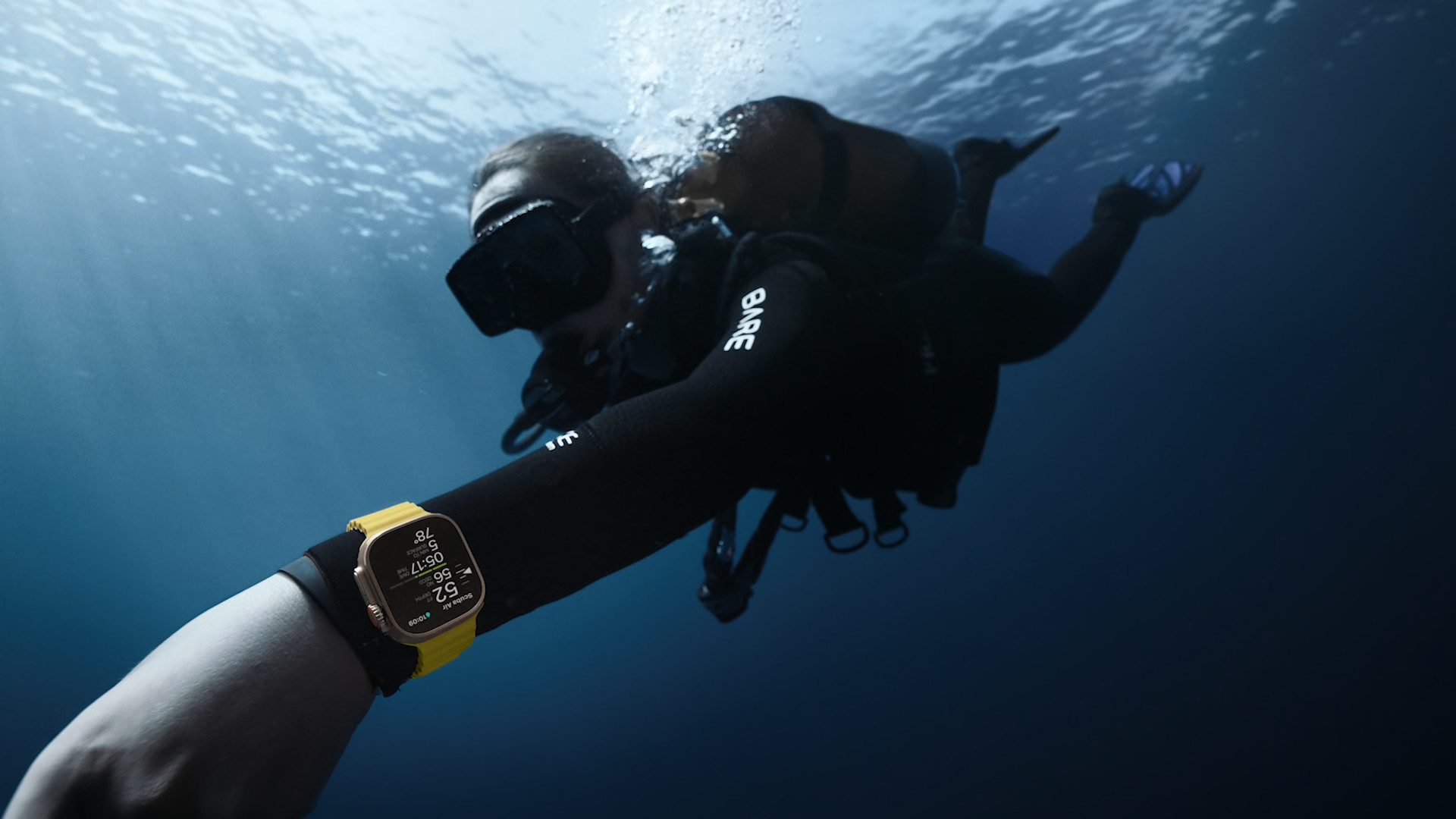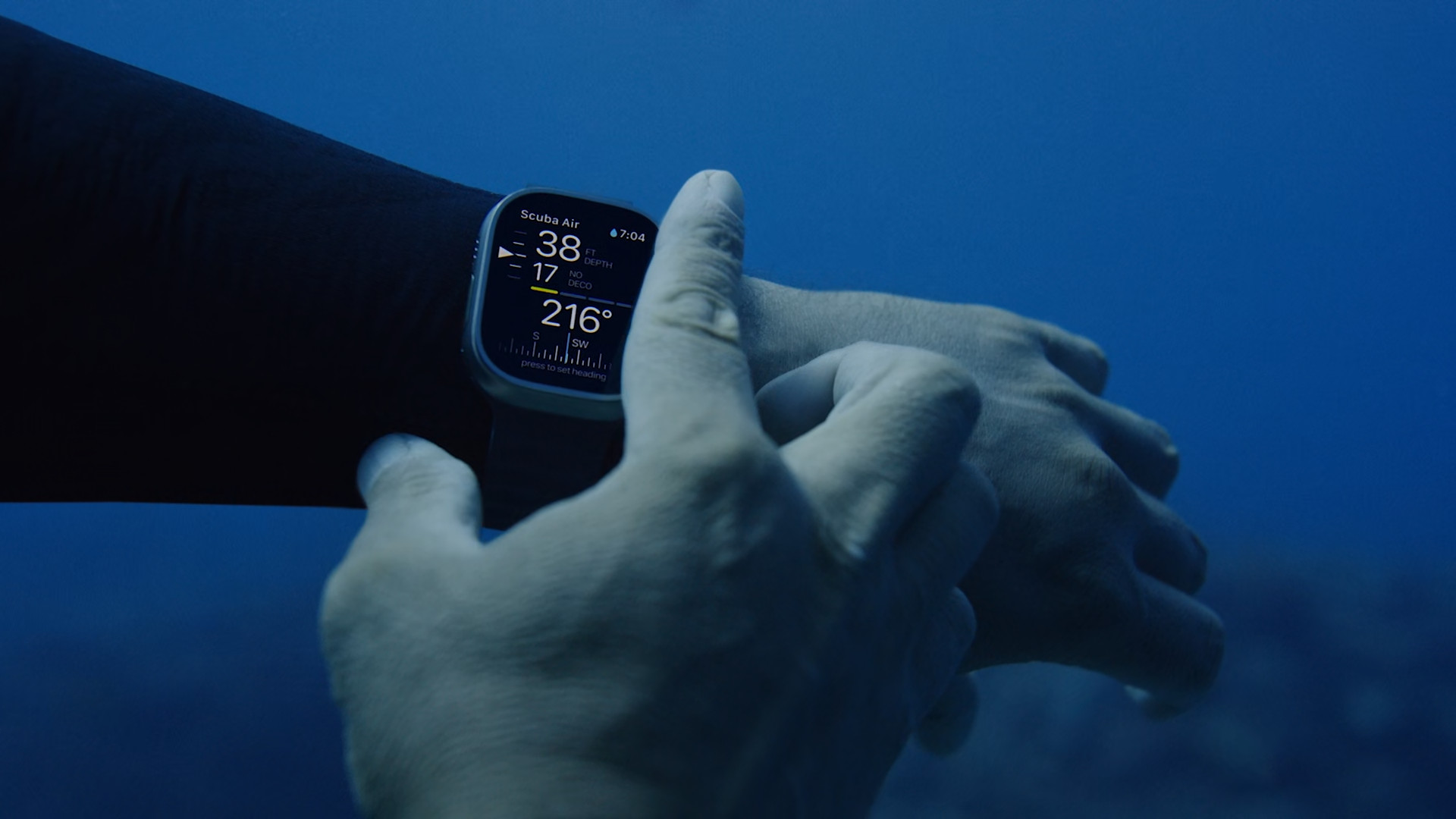Whether Apple's September Keynote regarding the iPhone 14 pleased you or disappointed you, it is clear that there is more enthusiasm around the Apple Watch Ultra. That is, if you consider their higher but justified price. The fundamental question, however, is how much this demanding smartwatch can handle, not in terms of its durability, but in terms of battery life.
Apple Watch Ultra is meant to push the limits just as much as those who wear it. Yes, they can be worn even by an ordinary mortal, a picky eater whose biggest hobby is sitting around watching Netflix series and occasionally going to the balcony for a cigarette and back. But they are primarily intended for harsh conditions, for long hikes, ultramarathons, deep dives and high-altitude hikes.
Right at the beginning of the description of the Apple Watch Ultra, Apple highlights its 36-hour endurance. But is this a value he should boast about? It is important to say that Apple derives all battery data from pre-production models with pre-production software. But how does such a test actually take place?
This usage, where the Apple Watch lasted 36 hours, was based on 180 time checks, 180 notifications received, 90 minutes of using apps (unspecified) and 60 minutes of exercise with music playing from the Apple Watch via Bluetooth in just 36 hours. This use of the Apple Watch Ultra (GPS + Cellular) includes a total of 8 hours of LTE connectivity and 28 hours of iPhone Bluetooth connectivity over the course of this 36-hour test.
It could be interest you
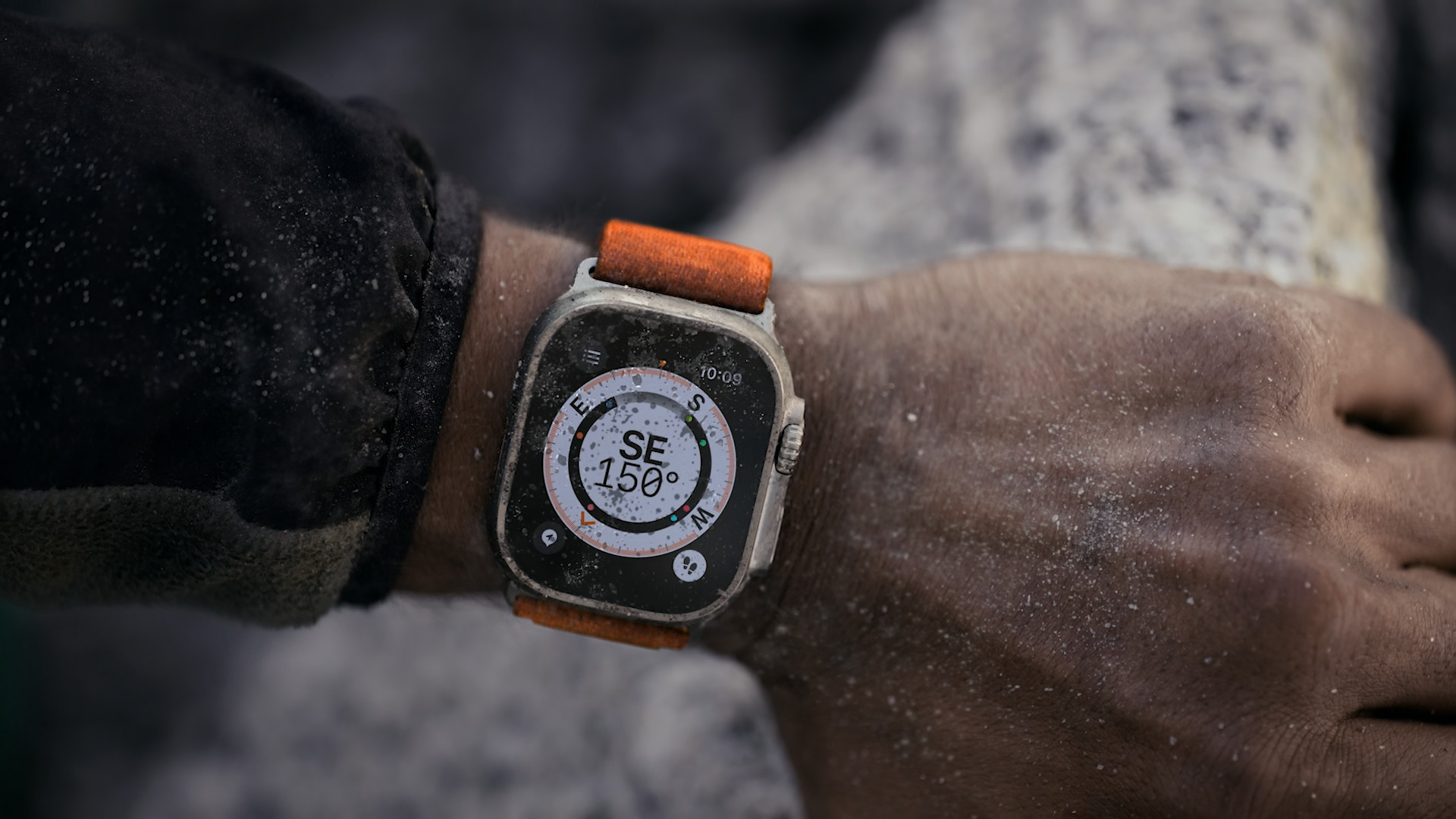
Low power mode
Since the Apple Watch Ultra will have watchOS 9, they will also be able to use a low-power mode, which will also be available to older models (although it will not come until later in the fall). Here, Apple mentions that it will extend the lifespan of this particular model to 60 hours, i.e. two and a half days, upon activation. But that's assuming you limit yourself, when the frequency of GPS and heart rate measurement is reduced, which can cause inaccurate metrics.
Apple claims here: “Battery life is calculated for days. On the second day of backpacking, during the last stage of a triathlon or while diving near coral reefs, you can't decide how your battery is doing." Again, this multi-day adventure endurance claim is based on using the watch in low power mode and with exercise set to less frequent heart rate and GPS reception. Specifically, these are: 15 hours of exercise, more than 600 time checks, 35 minutes of app usage, 3 minutes of talk time and 15 hours of sleep tracking over a 60-hour period. Use of the Apple Watch Ultra (GPS + Cellular) includes connecting to LTE as needed and 5 hours of connecting to an iPhone via Bluetooth during the 60-hour test.
It could be interest you
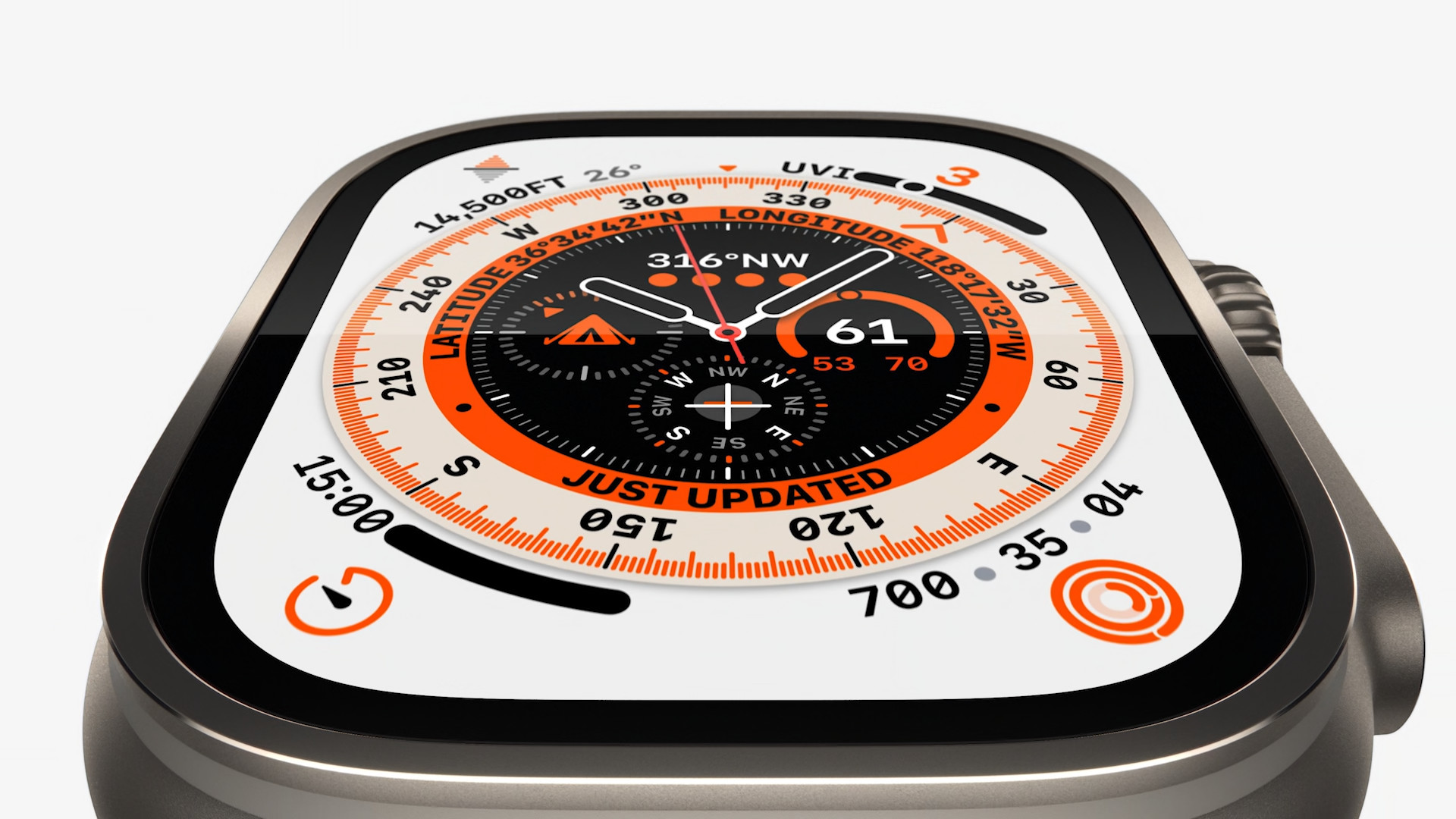
It should be noted that if you do not achieve these values in reality, Apple covers itself with a magic sentence in the description of the watch: “Battery life depends on usage, configuration, mobile network, signal strength and many other factors; actual results will vary.” In the final, he just presents the values he measured. You don't have to achieve them at all, but you can also overcome them. Of course, even very low temperatures will affect the battery.
The competition is far ahead
Apple has finally reached for its one-day battery life, which is to be commended. On the other hand, 36 hours is still no miracle when we know that the competition can do it better. Samsung and its Galaxy Watch5 Pro manage three days, 24 hours on GPS. They are smaller as they are 35mm in diameter, but they also have a titanium case that complements the sapphire crystal. Even Samsung presents them as demanding, although their visuals are rather more settled, which Apple clearly broke.
It could be interest you
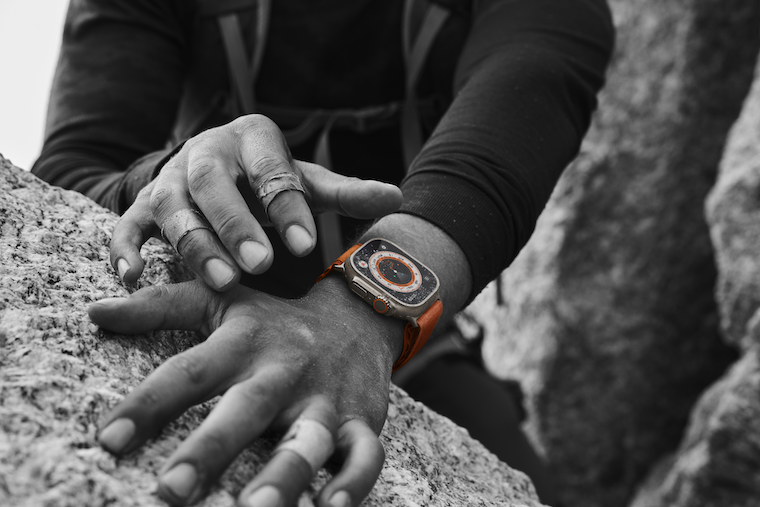
But he could easily have been more involved. Too bad it didn't offer an alternative case material and didn't include solar charging. This would make sense for this model, even with regard to survival, when the battery will run out, but the solar charging will at least keep the emergency functions alive. So, for example, with the second generation.
- Newly introduced Apple products can be purchased, for example, at AlgeIn iStores whether Mobile Emergency
